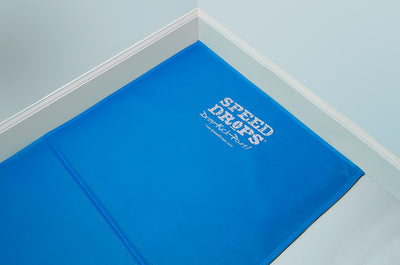
Open It! - 4 in 1 Box Cutter
Open It! - 4 in 1 Box Cutter
Earn 18 points on this purchase! Learn more
Check out our shop to see what’s available



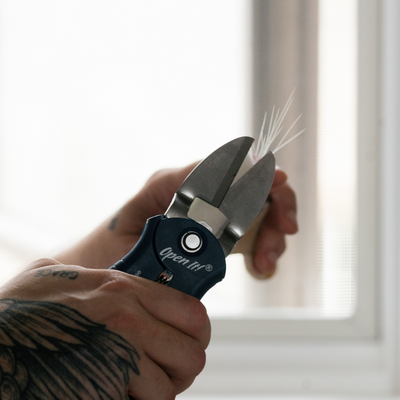
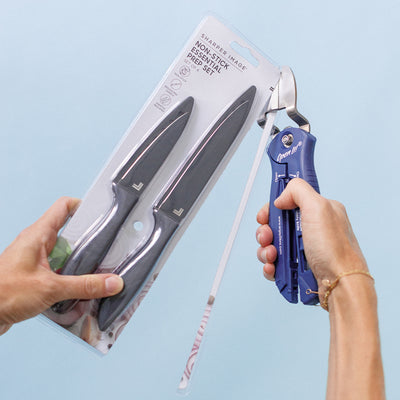
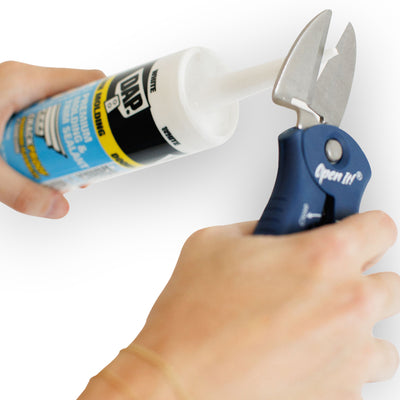
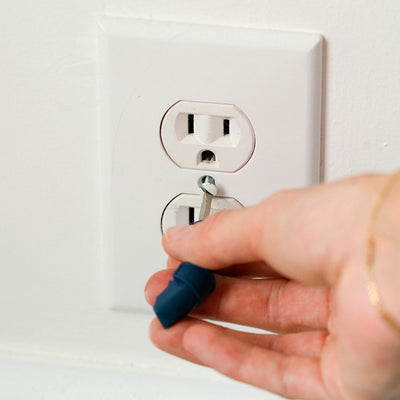
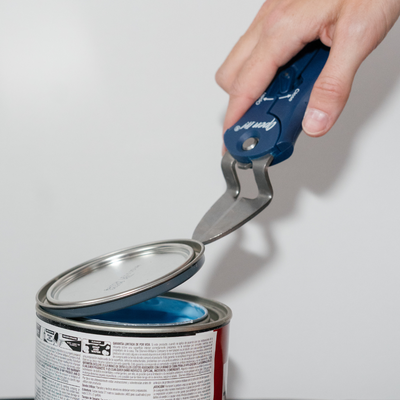
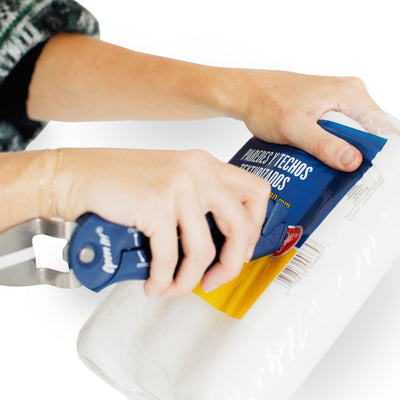

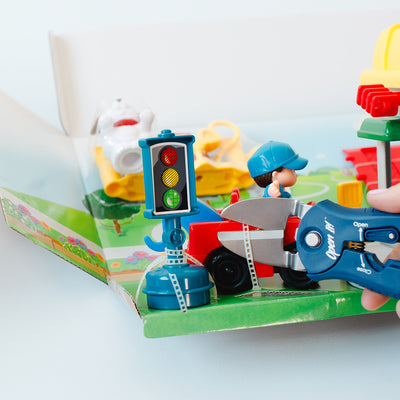

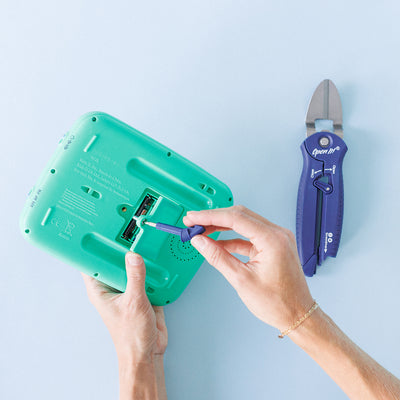



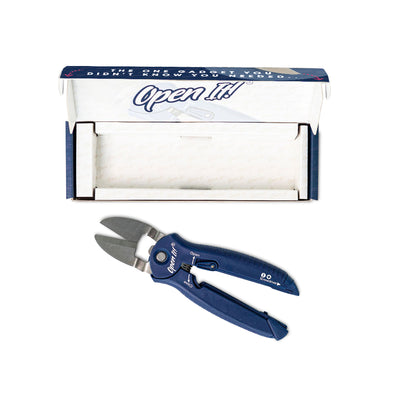


Earn 18 points on this purchase! Learn more



Chances are you’ve already got your desired end result burned into your memory, from paint color to new throw pillows. But if you don’t, now is the time to imagine the possibilities! There’s plenty of bedroom painting ideas for bedrooms of all shapes and sizes for you to pull inspiration from, so start browsing!
Now that you’ve got your bedroom painting inspo, it’s time to pick a color--or colors. After all, nothing breaks up a space as beautifully as an accent wall!
Picking a bedroom color is a very personal choice and can significantly influence the way you feel in your place of rest. Rather than just going with the trendy color of the moment, choose a color or color scheme that you really like. If you want your bedroom to be a place of quiet and tranquility after a long day, opt-in for a light hue of your favorite color. If in the mornings you wish to wake up feeling energized and ready for the day, perhaps a bright and bold color will be the wake-up call you need to get up and go! Remember, you’re not limited to one color, or even just paint! Wallpaper is an extremely popular design material today and can be an easy way to spruce up a wall or two in addition to a fresh coat of paint!
Once you’ve picture paint color, you’re ready to get the paint! Just like how using great paintbrushes will make your painting project easier, high-quality paint has the power to completely transform the look of any space and may even require fewer coats, which means less work for you! This isn’t to say you have to spend an arm and a leg on paint. There are plenty of excellent paints out there to choose from; just find the one that best fits your needs and budget!
How much paint you need will depend on the paint quality (i.e., if the paint is thinner or more watery, it may require more coats than a thick paint), but the general rule of thumb is one gallon for every 300-400 square feet. The average-sized room is about 800 square feet, requiring about two gallons.
Learning how to properly paint a room doesn’t just come down to the quality of paint you’re using, but your tools and materials you use as well. At the most basic level, you’ll need:
Paint & paint mixer
Paint roller & extension pole for ceilings, high walls
Paint tray
Painters Tape
Light spackle
Putty knife
220 grit sandpaper or a sanding sponge
Painting Accessories like rags, painting aprons and drop cloths to protect clothes, floors, and furniture
Paintbrushes or a Paintbrush Kit for painting trim and detail work, like Zibra’s Room Makeover Paintbrush Kit! Take Zibra’s Brush Finder Quiz to find the perfect paintbrushes for your project quickly
 How-to Series
How-to Series
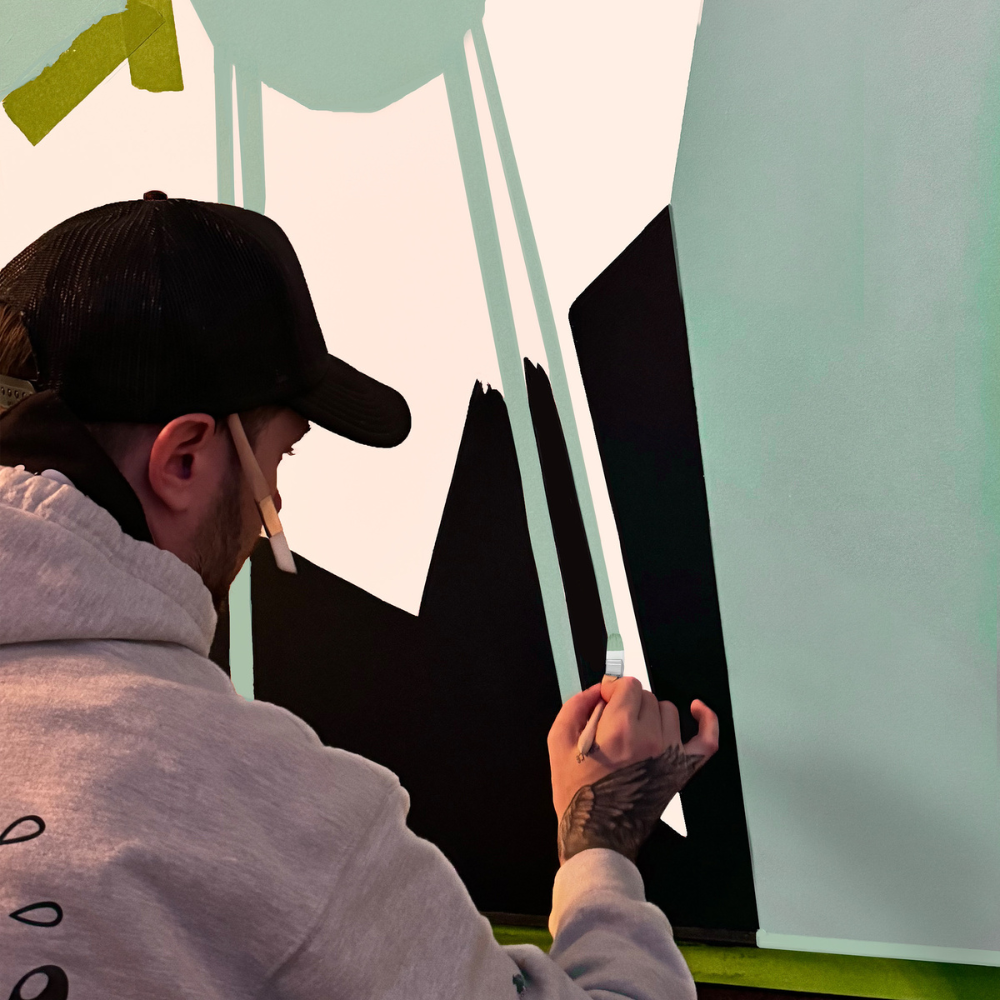 How-to Series
How-to Series
This month, we put a spotlight on Kyle Mosher, a Charlotte, NC-based artist who expertly bridges fine art traditions with contemporary culture.
 How-to Series
How-to Series
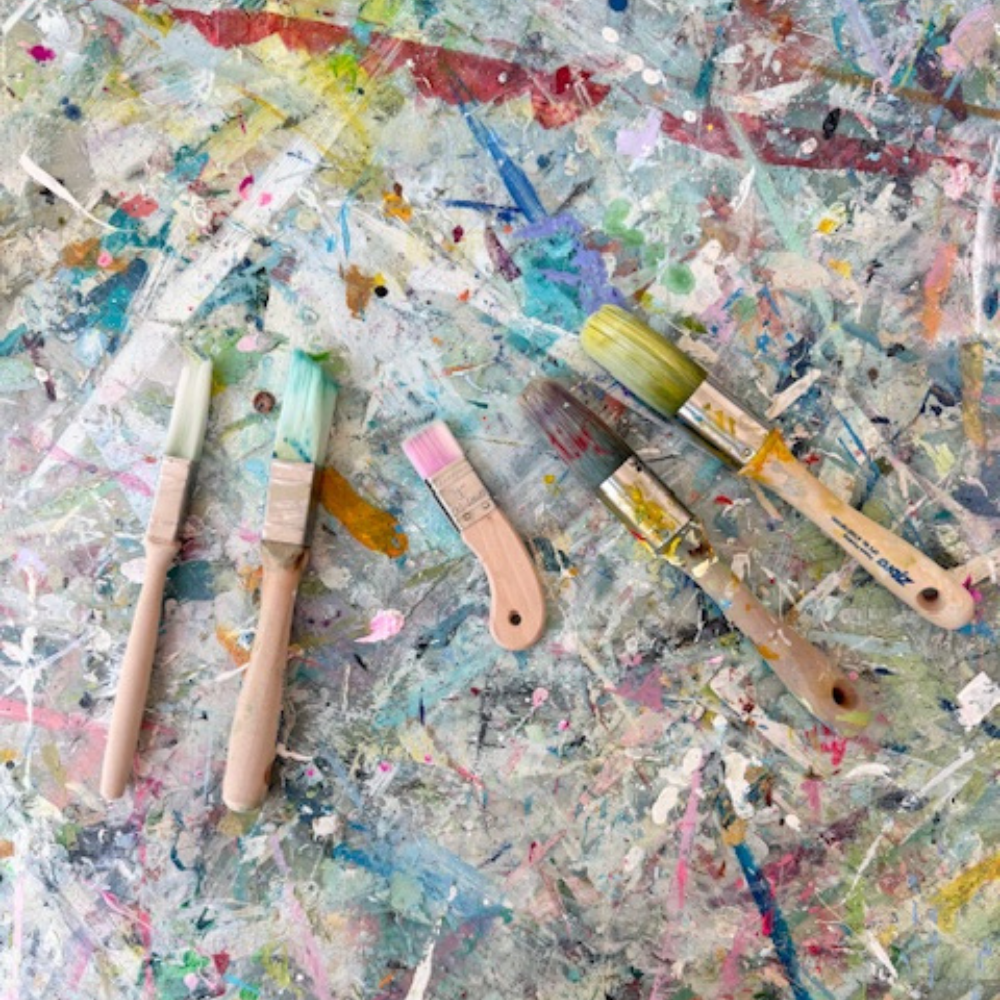 How-to Series
How-to Series
@charliefrenchfineart is taking over our blog and weighing in on his favorite brushes. Can you guess which ones are his favs?
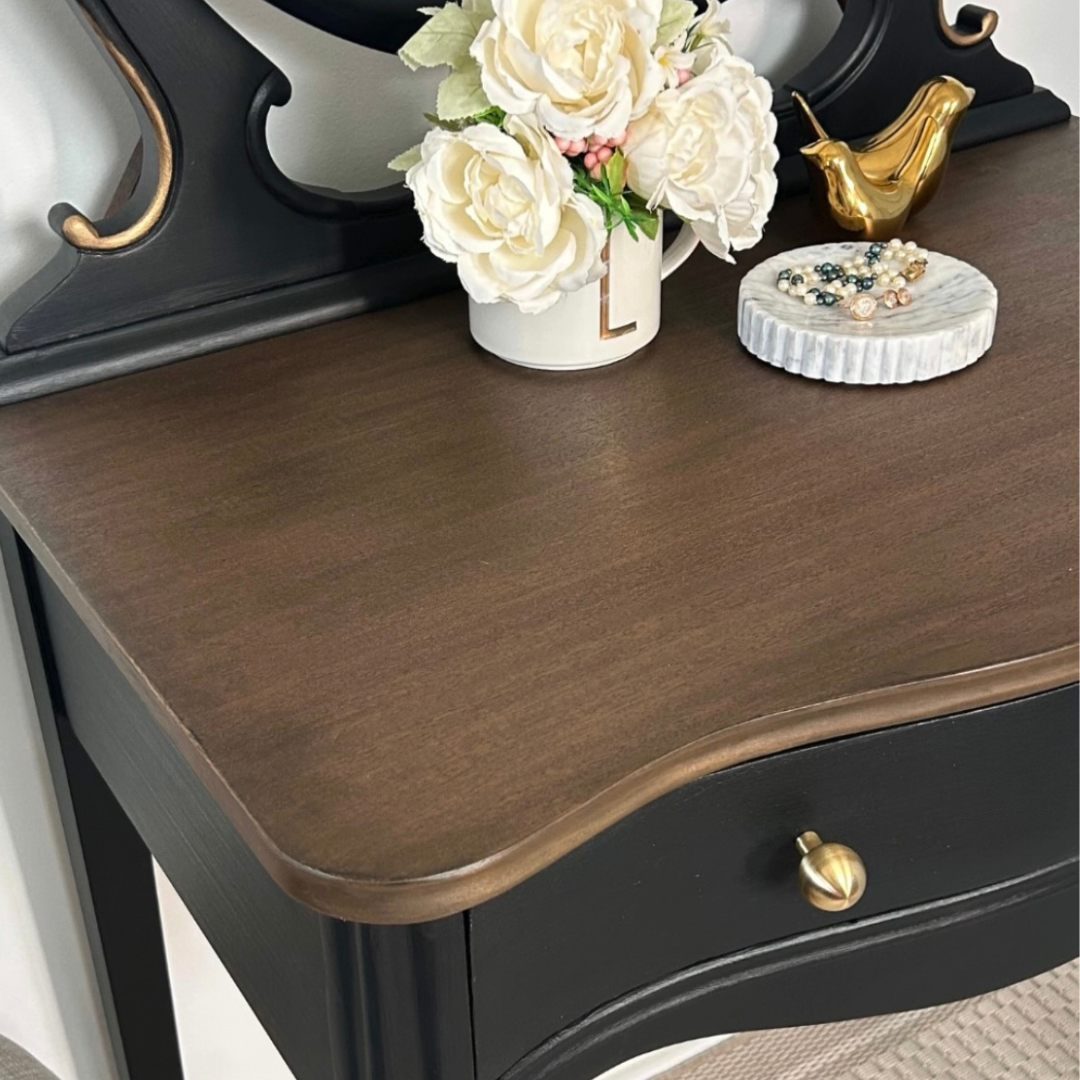 How-to Series
How-to Series
Furniture refinisher, Lisa Pelow is taking over our blog and giving us her favorite go-to paint brushes for painting furniture. Enjoy!
"its like taking your first bite of a meal and it tastes better than expected"
"hands down the best brushes!!"
"its honestly unreal how much better your brushes are"
"love my zibra brushes!!! these babies glide like no other"
Welcome to our quiz!
Let us find the perfect product for you
Great! Let us help you narrow it down.What kind of things will you be painting?
Based on your answers, we recommend:
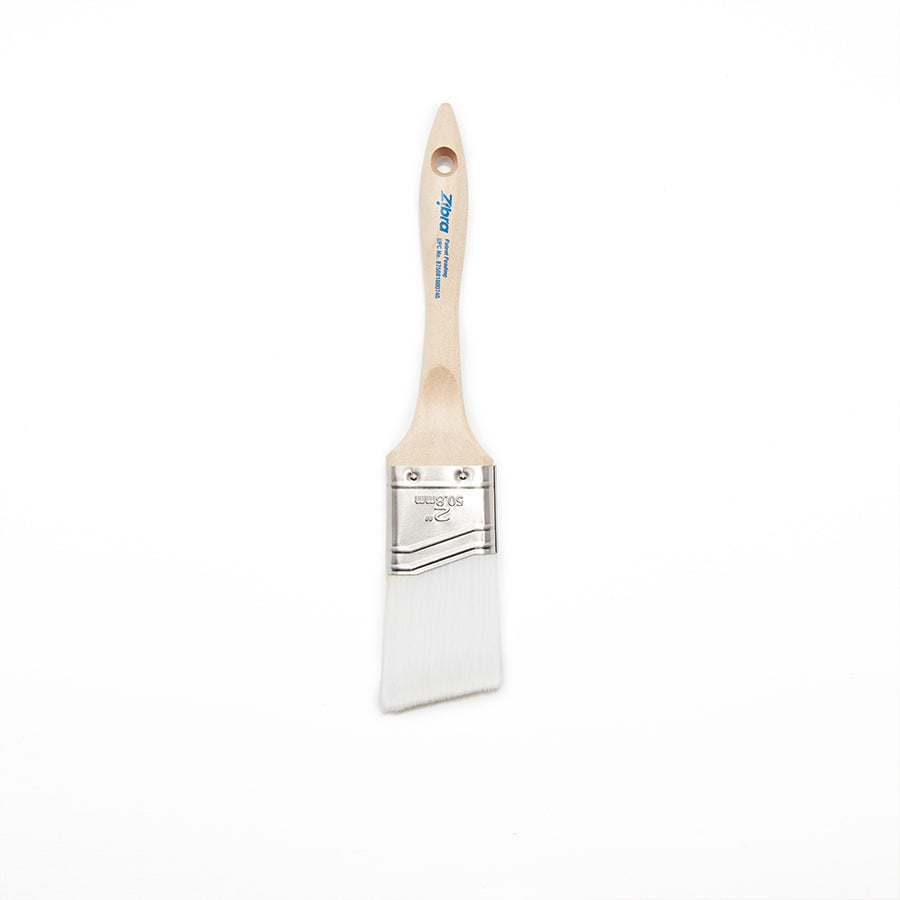
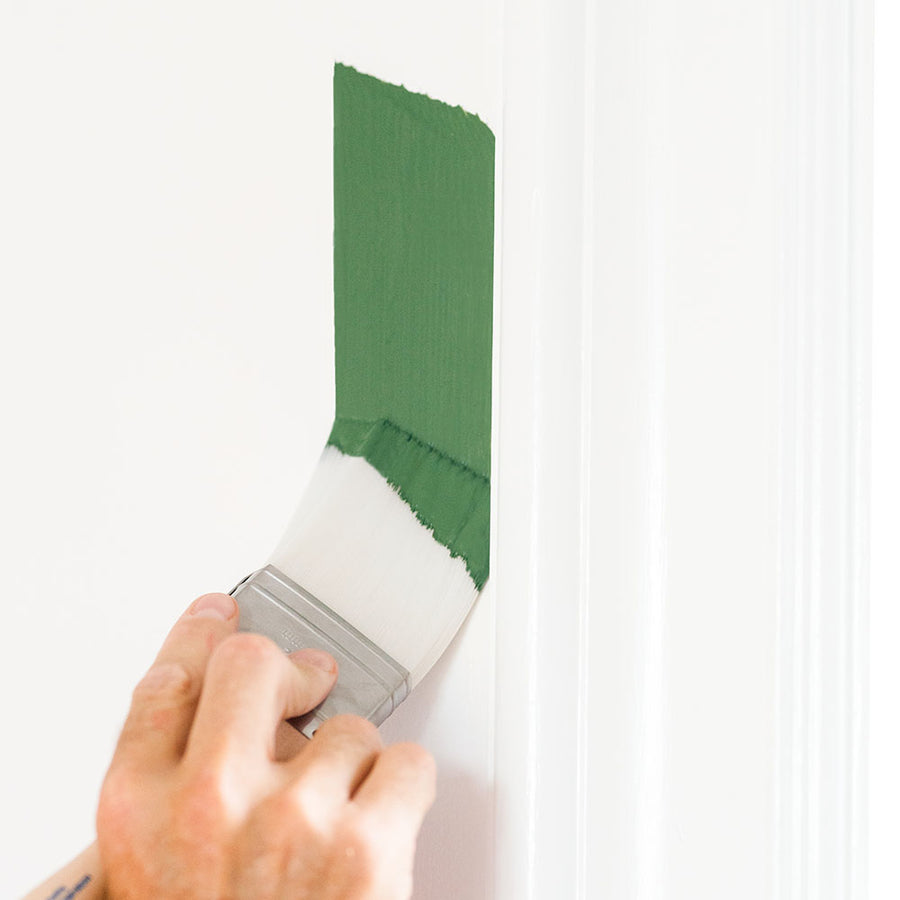
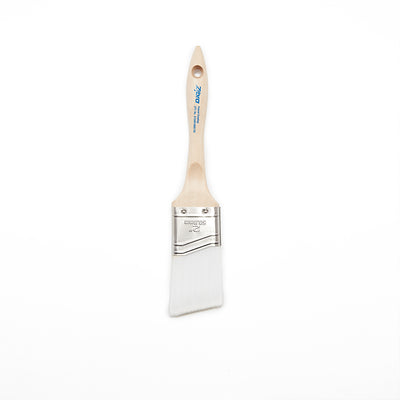
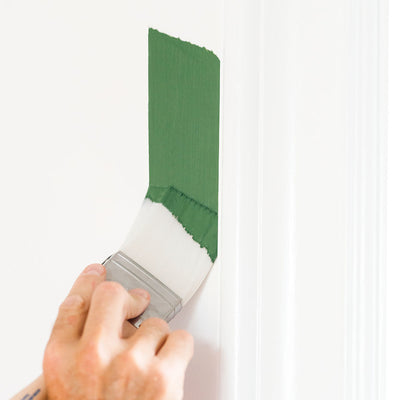
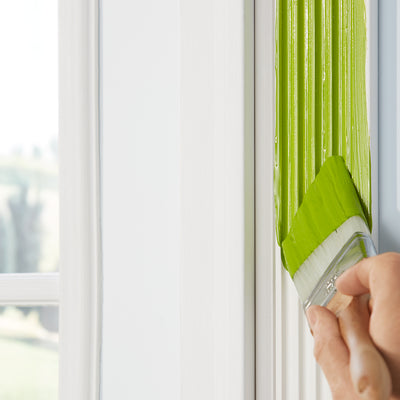
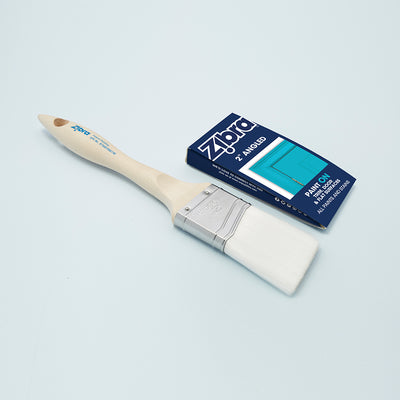
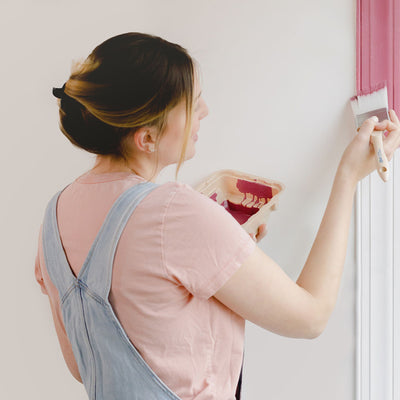
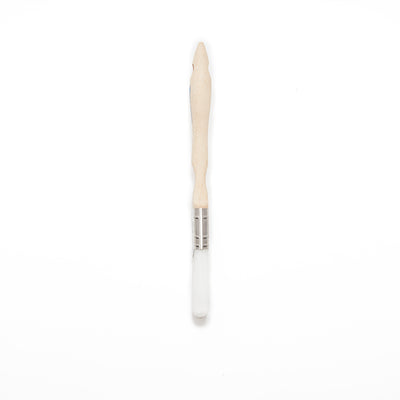
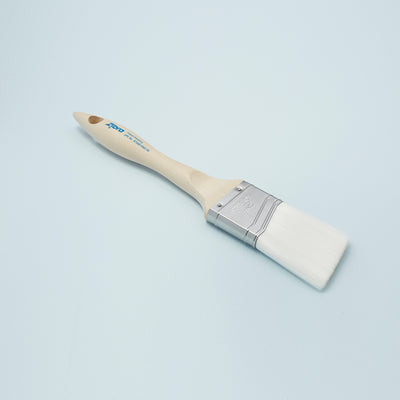
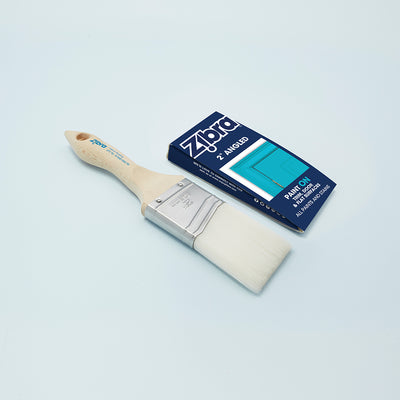
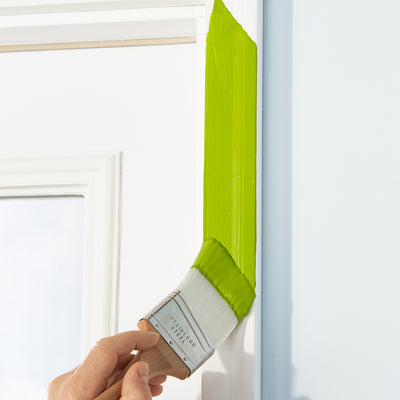
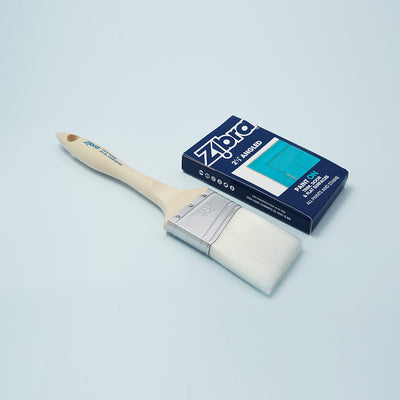
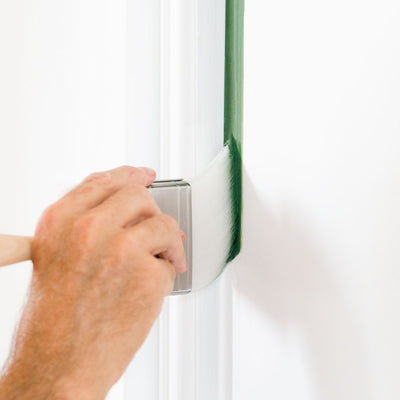
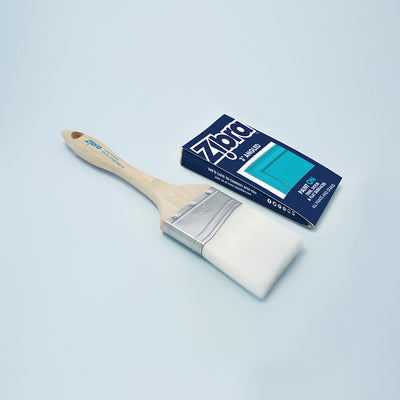
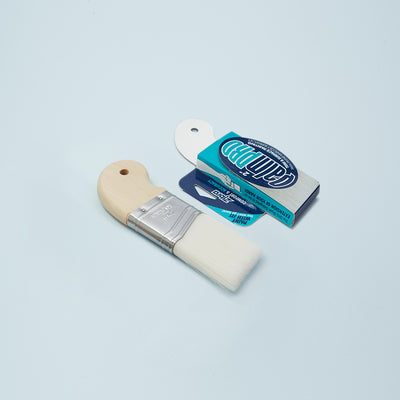
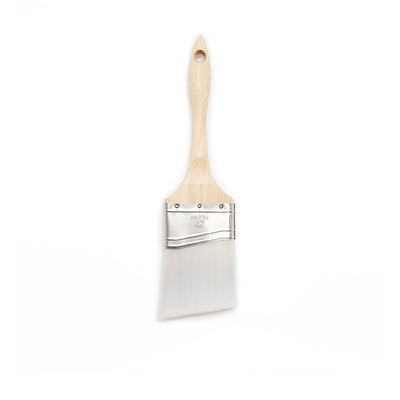
Earn 11 points on this purchase! Learn more
Painting ON trim around doors, windows, baseboards & ceilings
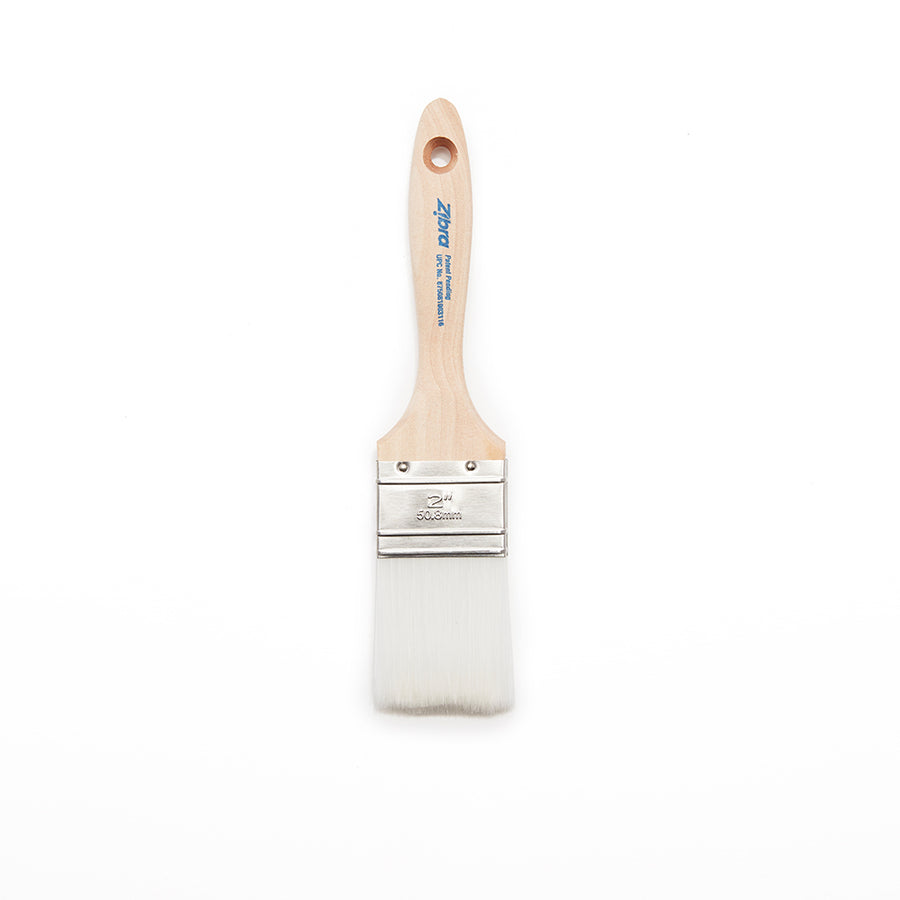
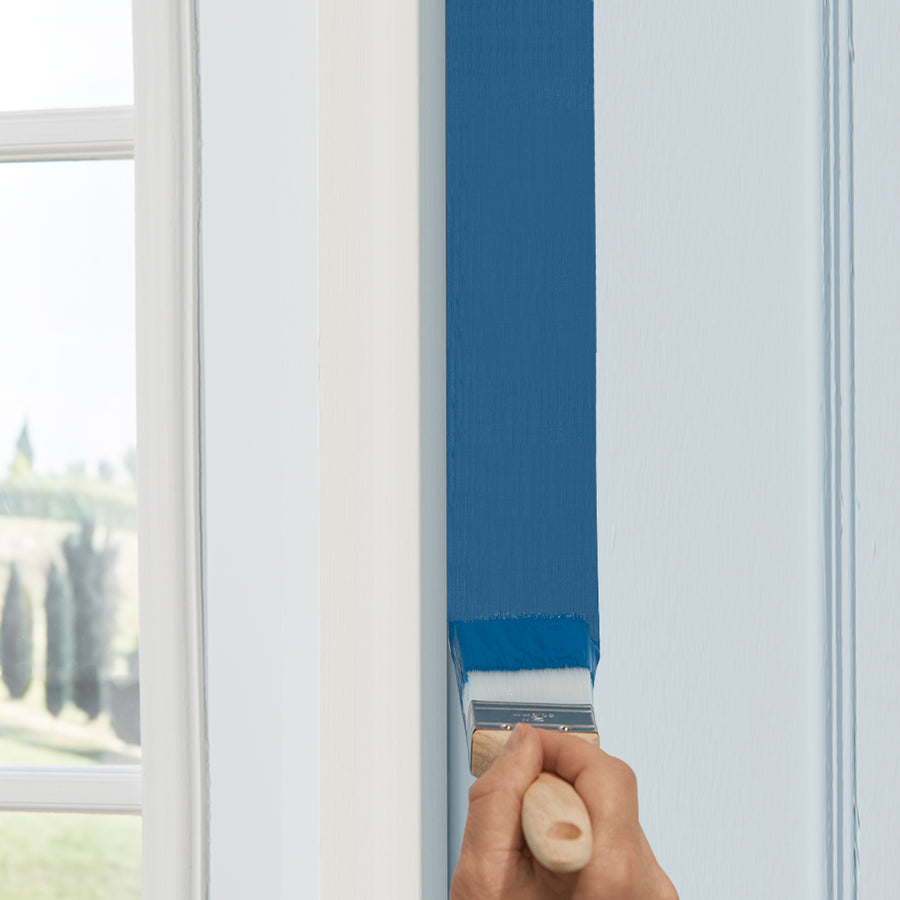
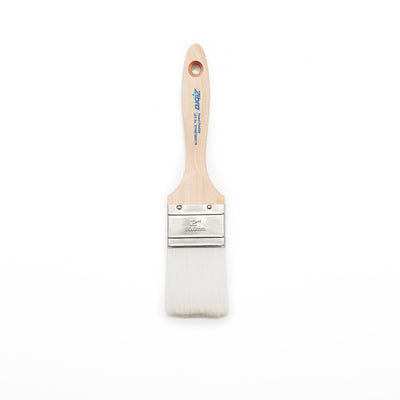
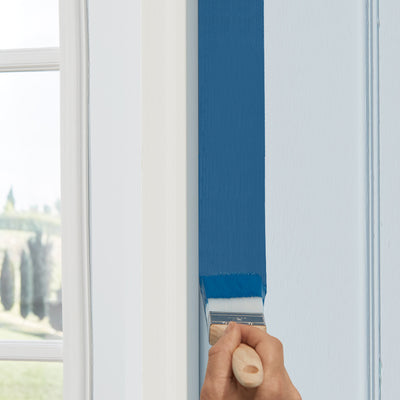
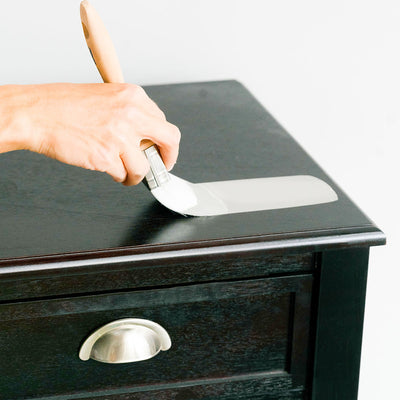
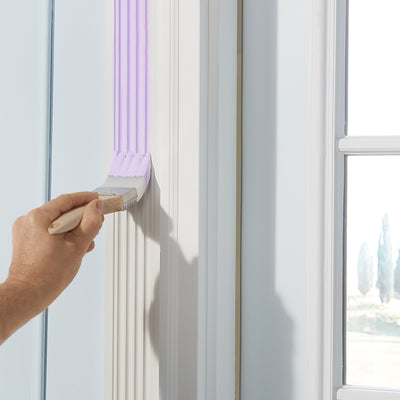
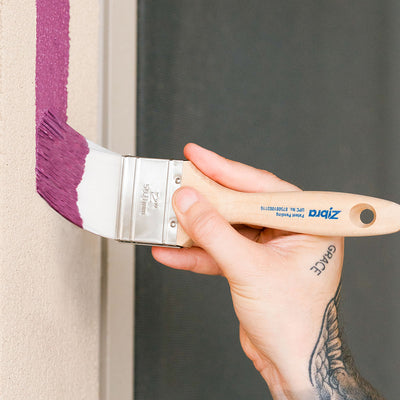
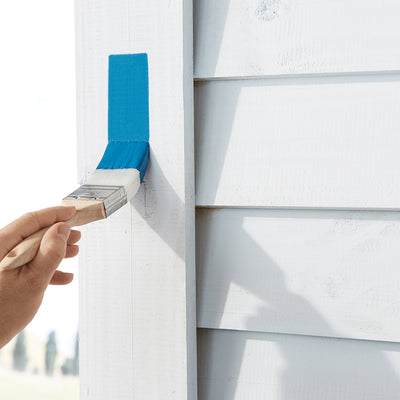
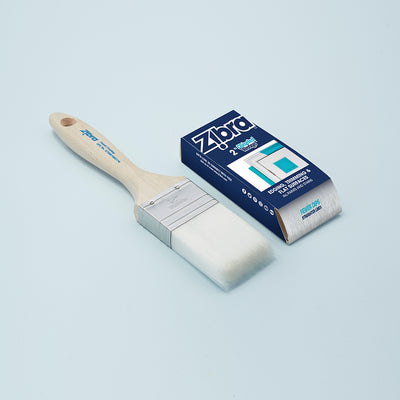
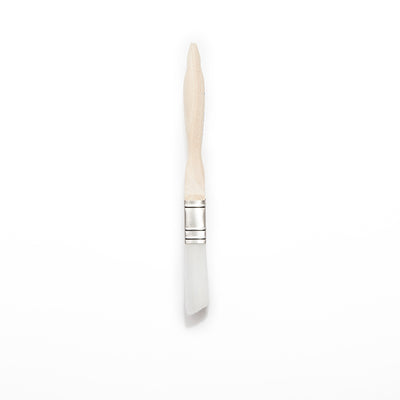
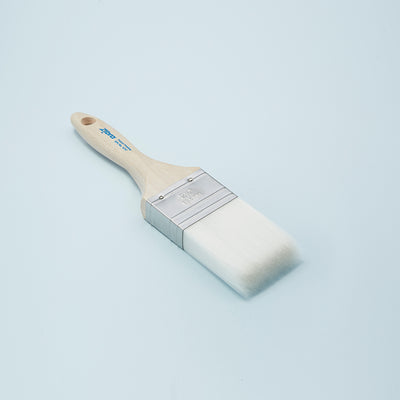
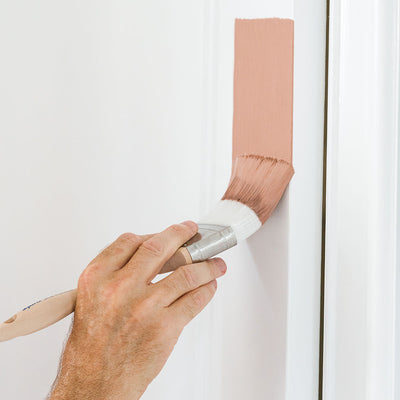
Earn 13 points on this purchase! Learn more
Combination flat and angled head guarantees maximum paint load for long runs
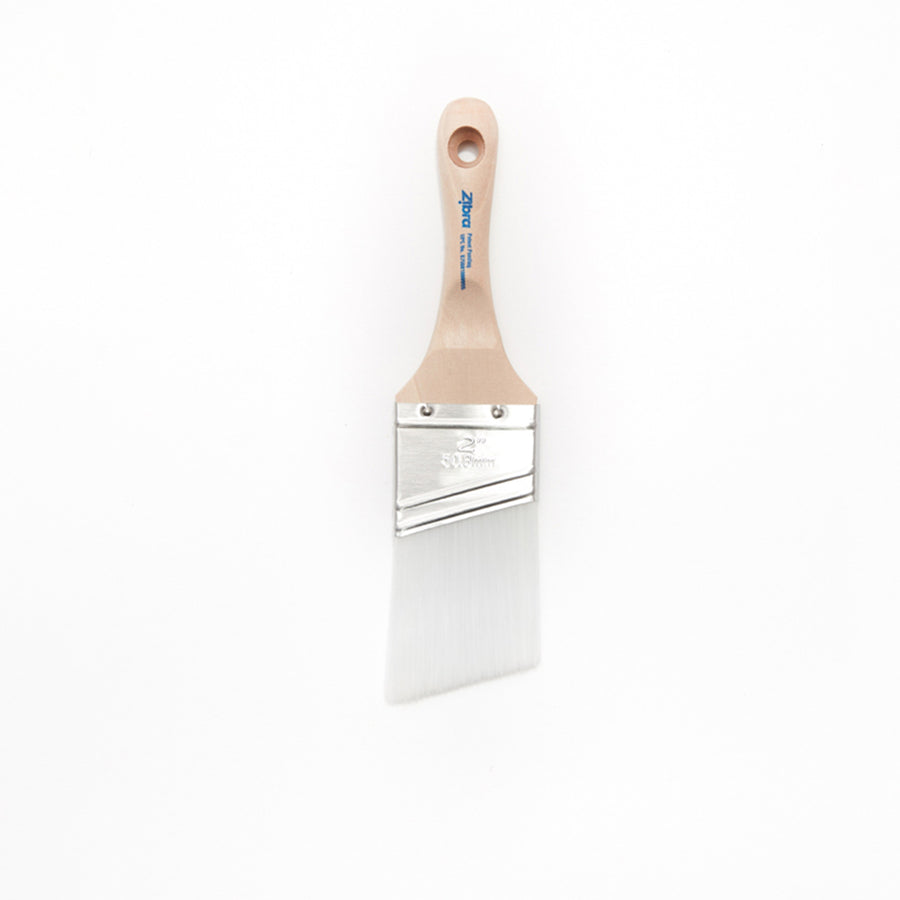
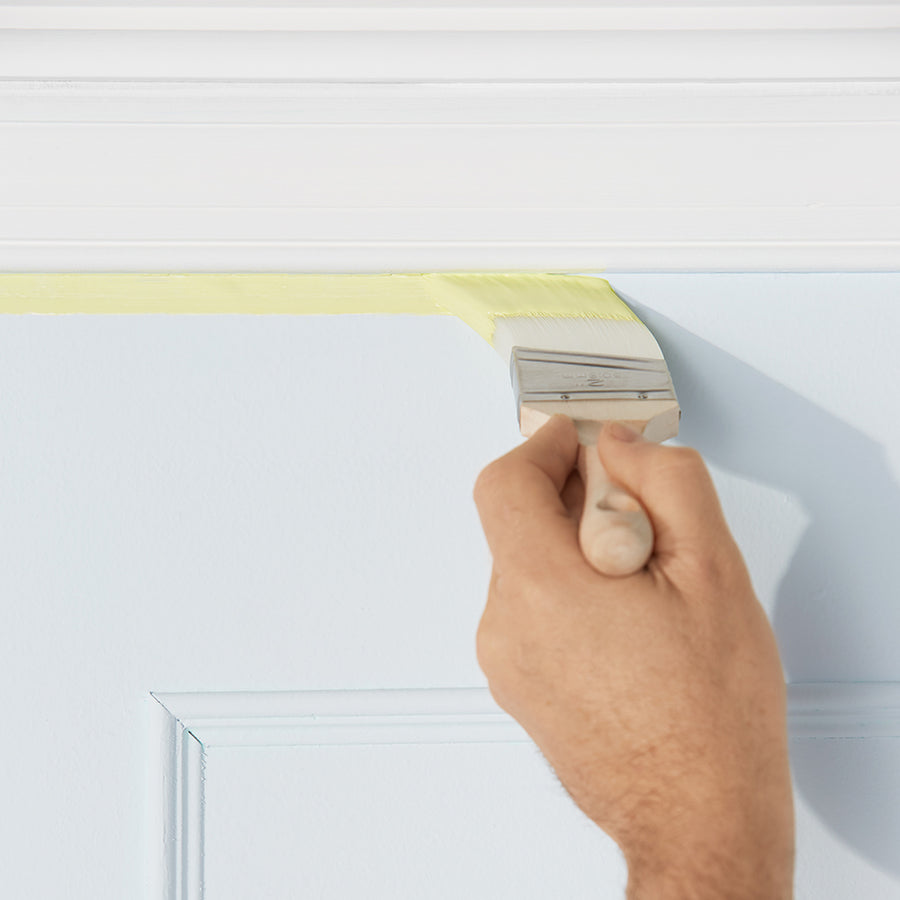
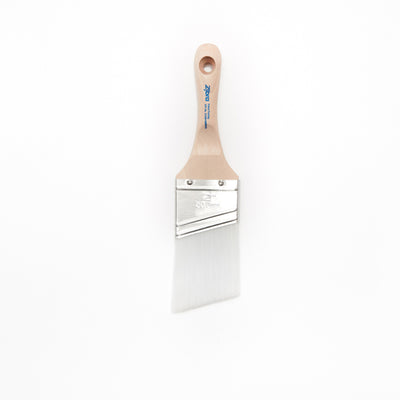
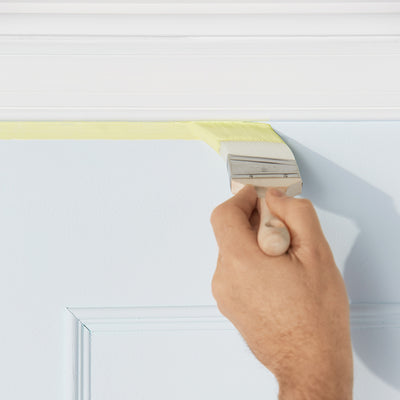
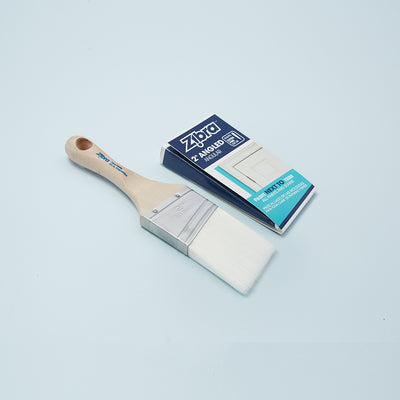
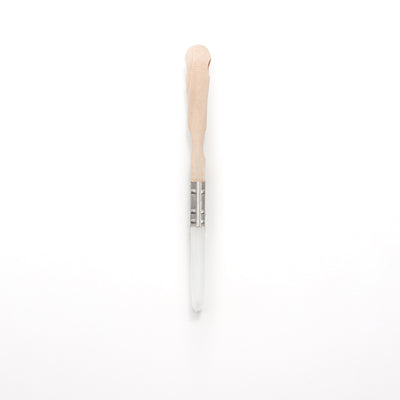
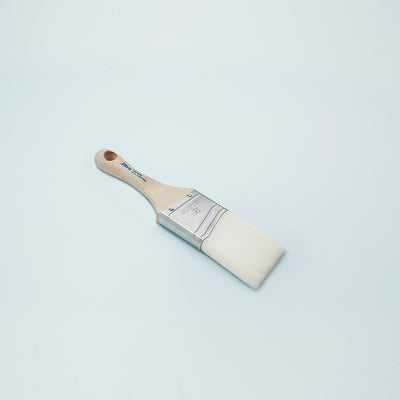
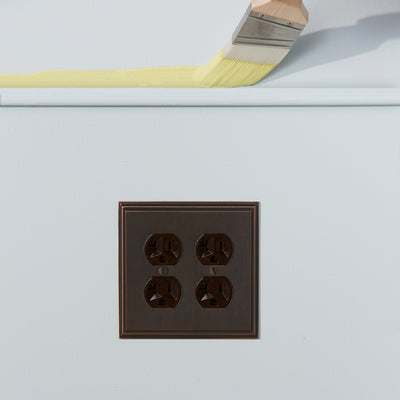
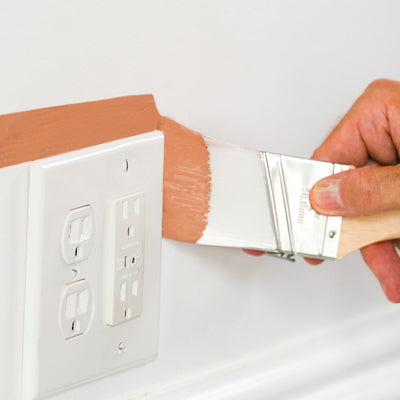
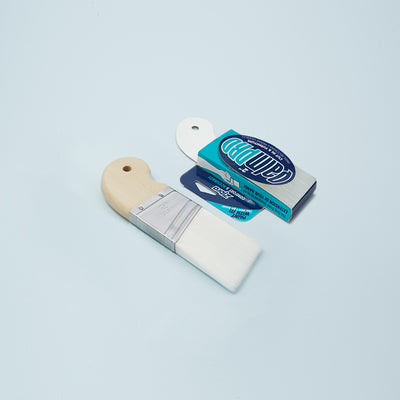
Earn 11 points on this purchase! Learn more
Ideal for painting NEXT to trim where exact lines and precision control is needed
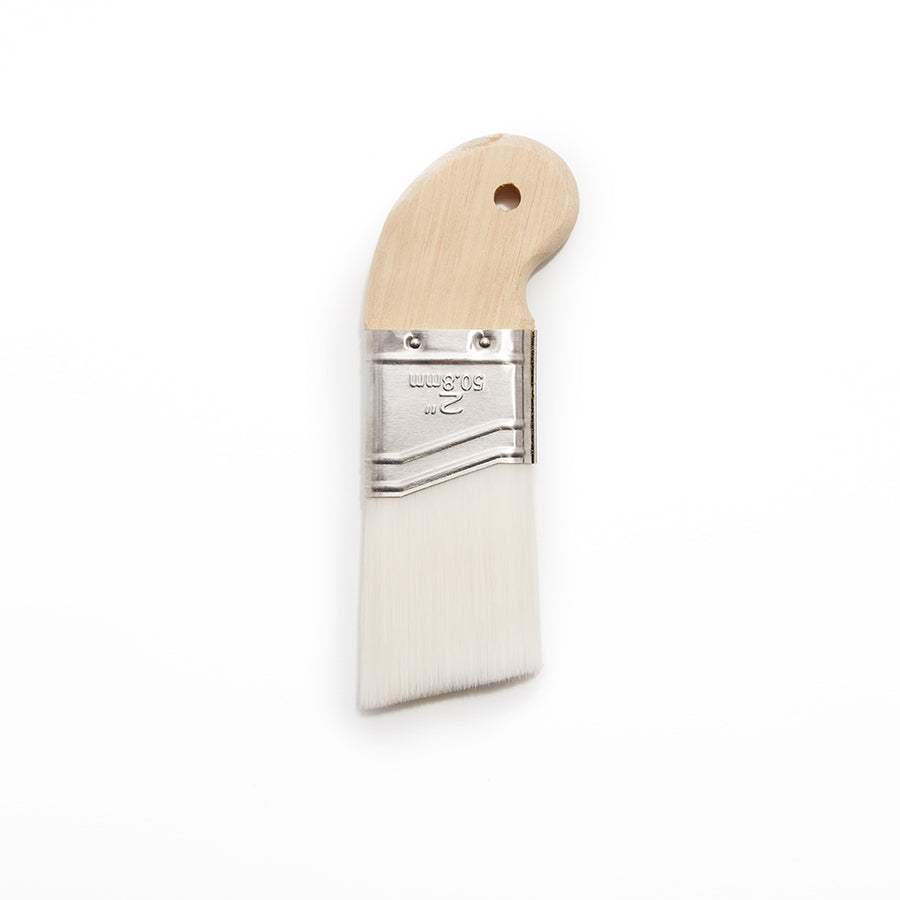
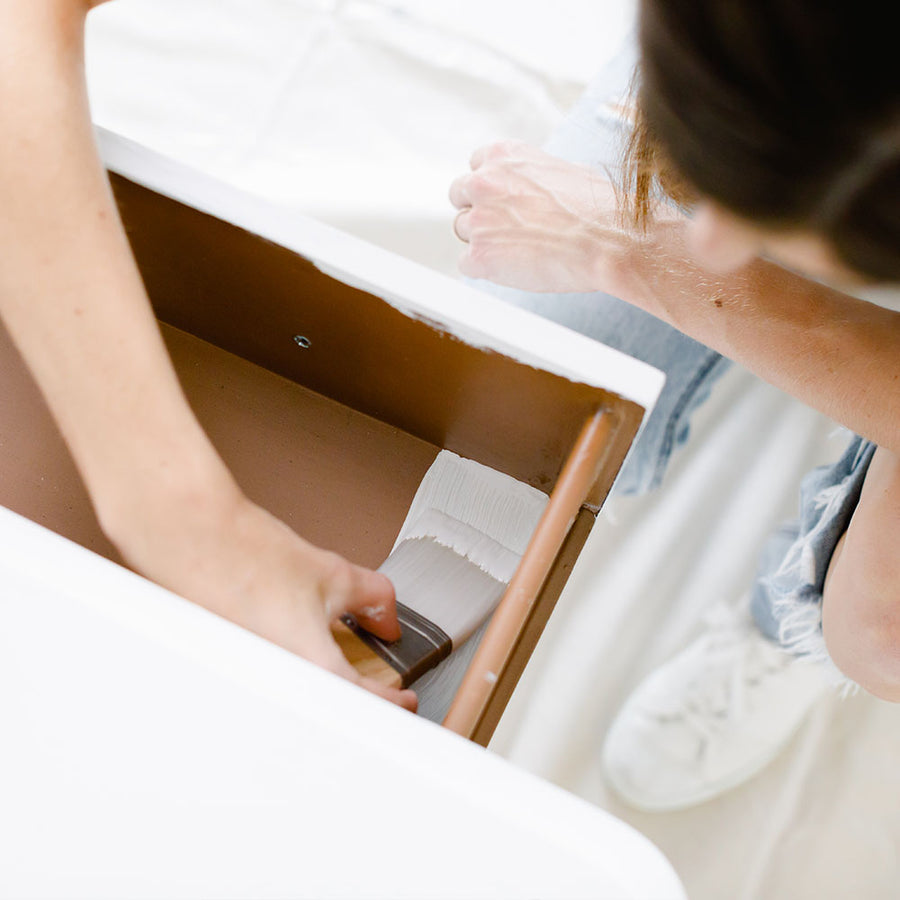
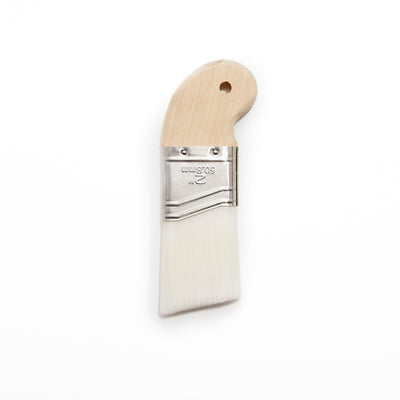
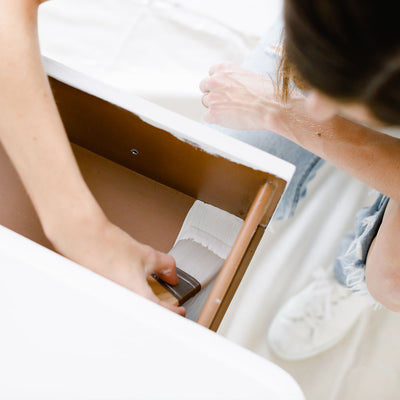
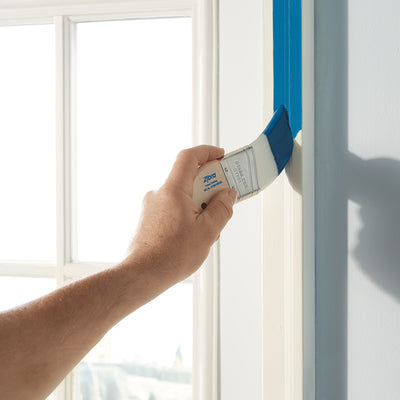

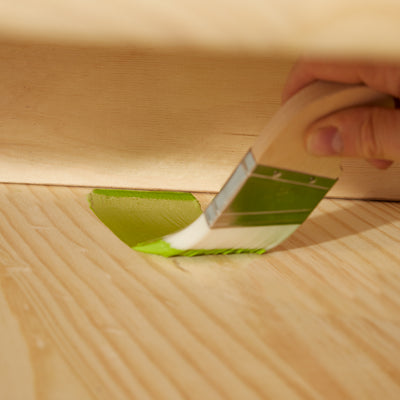
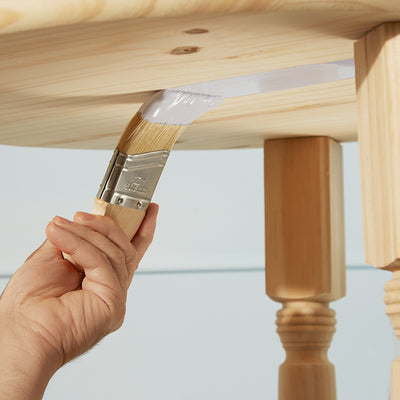
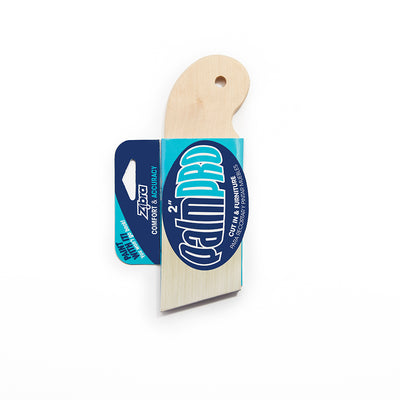
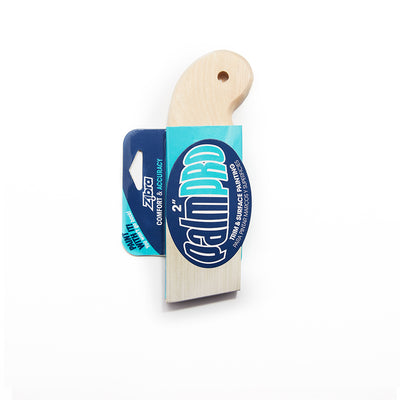
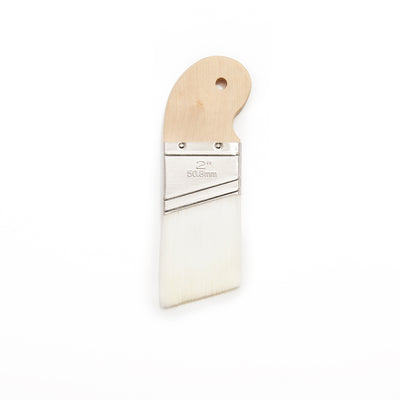
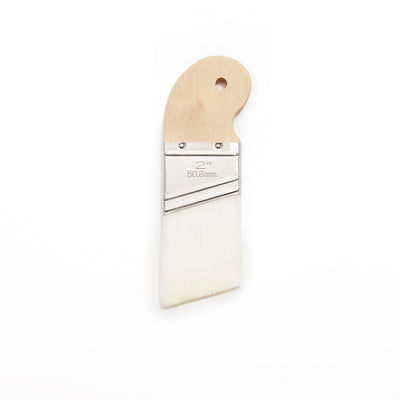
Earn 11 points on this purchase! Learn more
Fits comfortably in the palm of your hand, more comfort and more control especially for tight spaces
















Earn 11 points on this purchase! Learn more
Painting ON trim around doors, windows, baseboards & ceilings












Earn 13 points on this purchase! Learn more
Combination flat and angled head guarantees maximum paint load for long runs
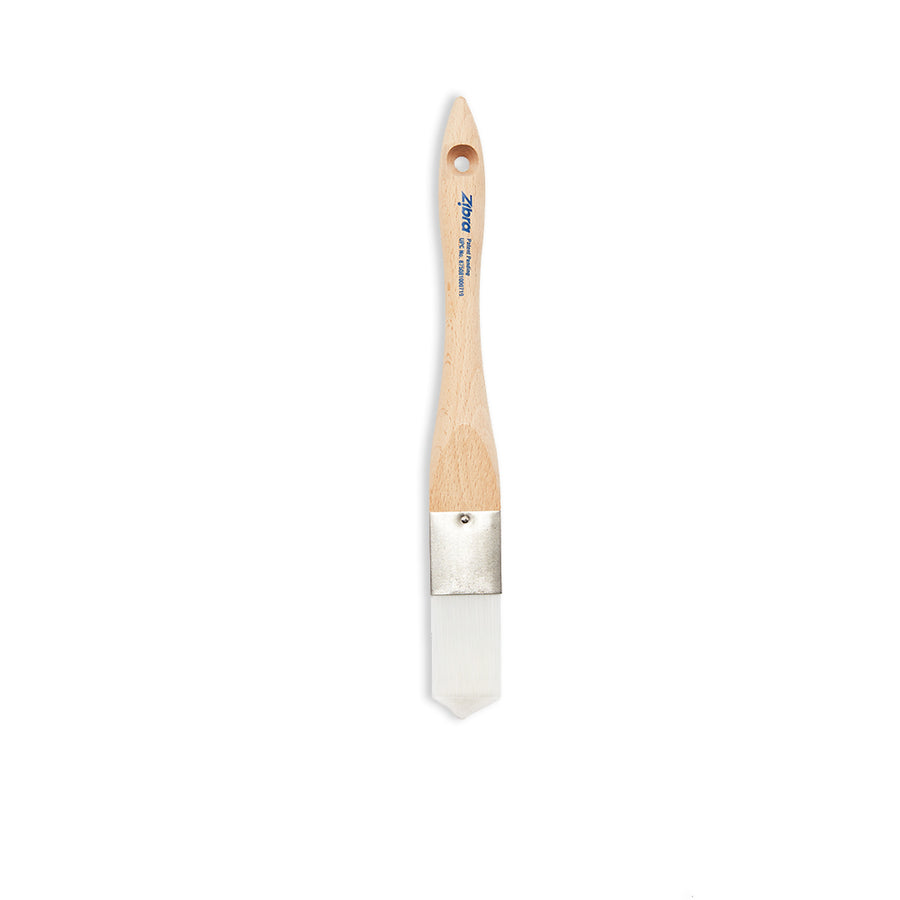
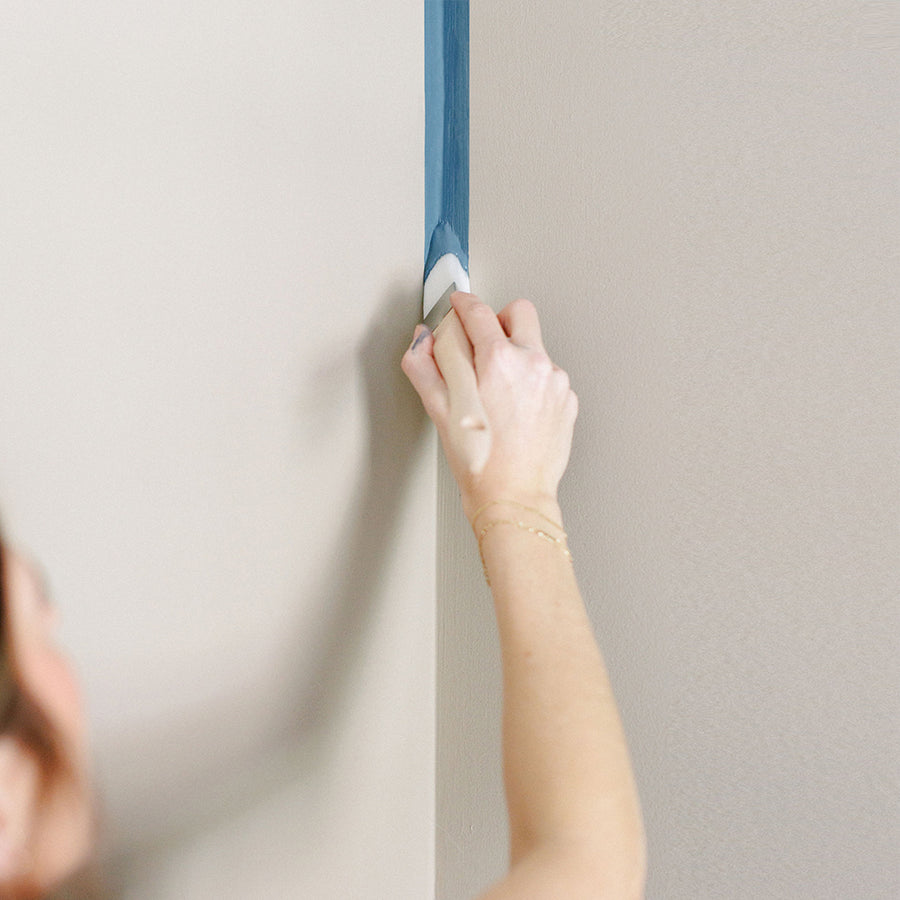
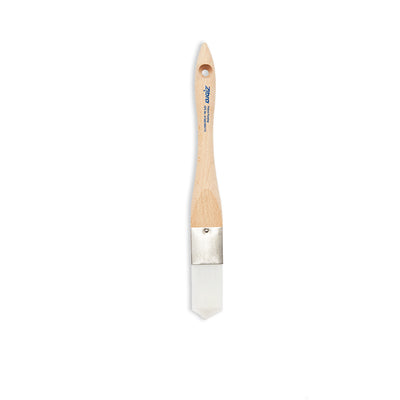
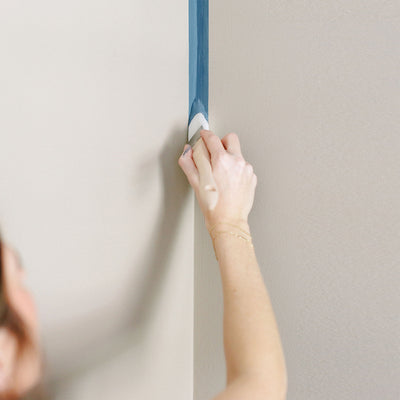
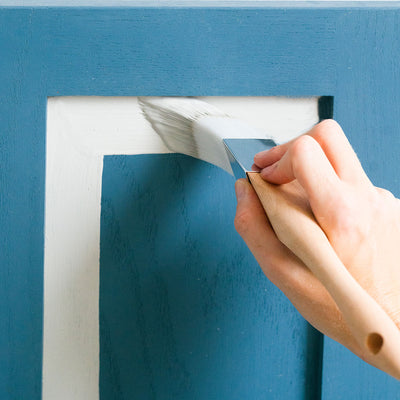
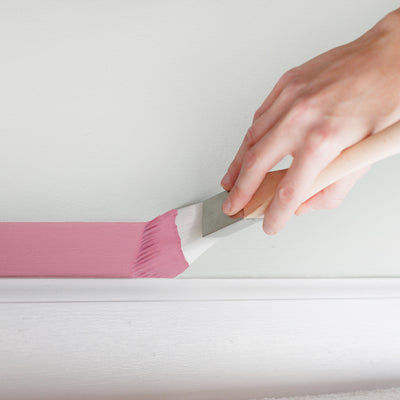
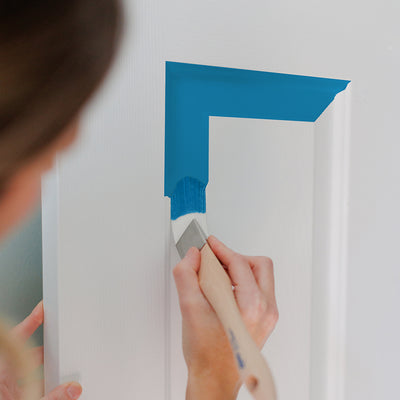
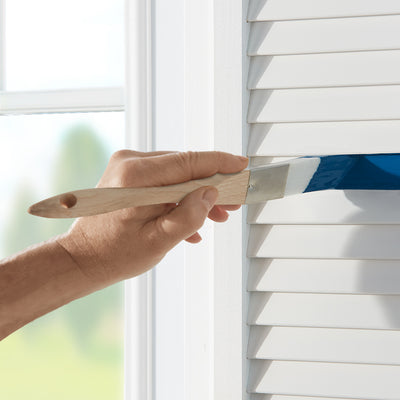
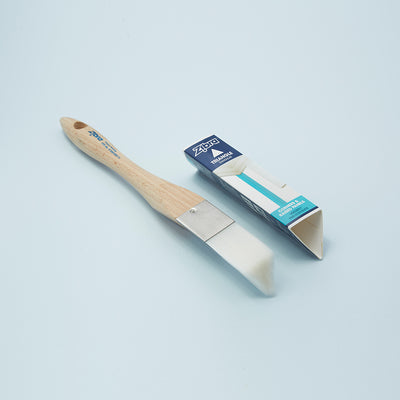
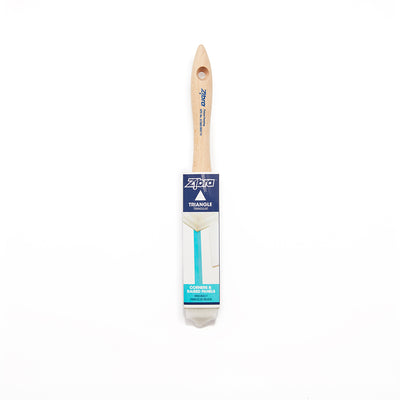
Earn 11 points on this purchase! Learn more
Paints corners with precision & accuracy, great for cutting in next to trim

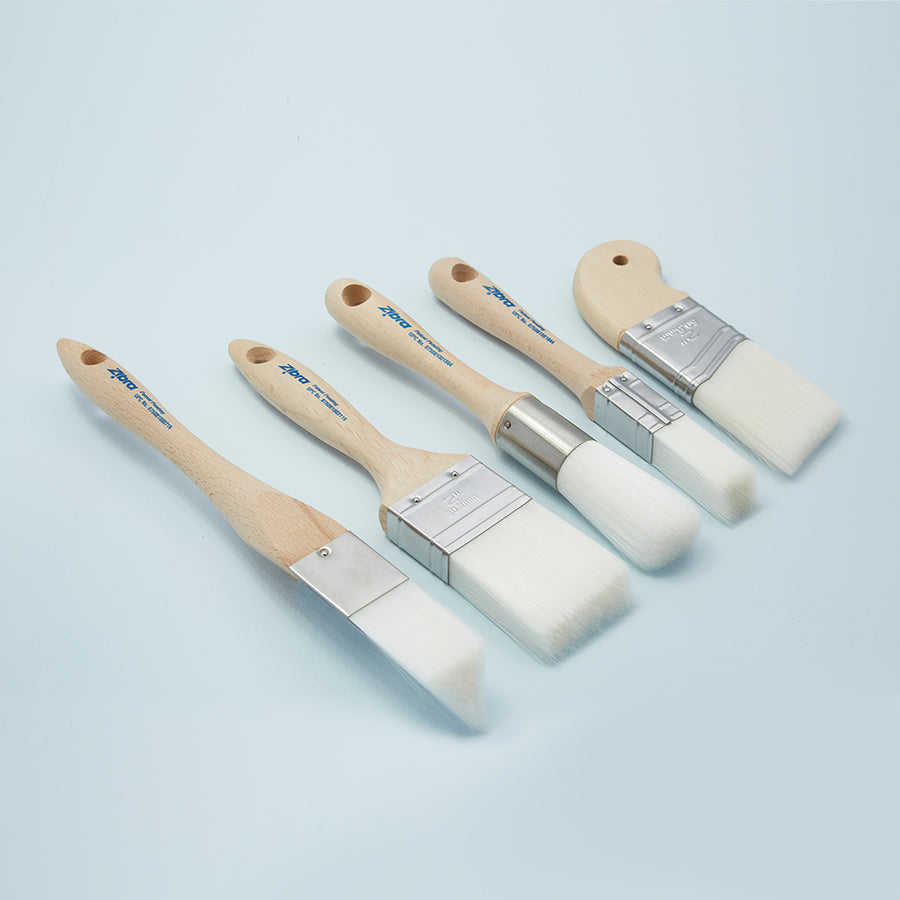

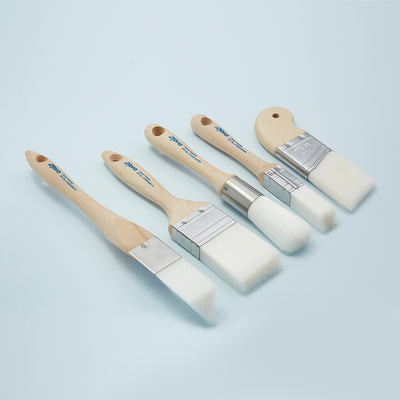
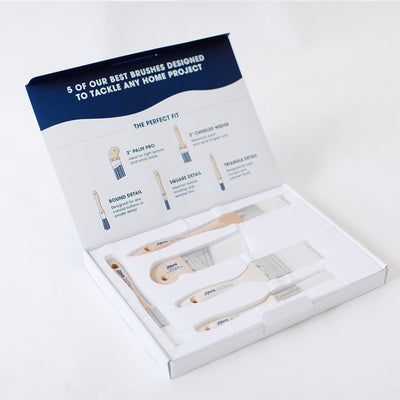
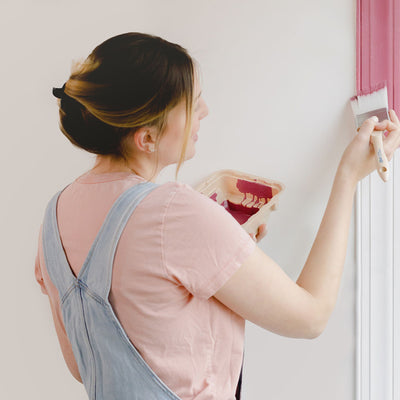
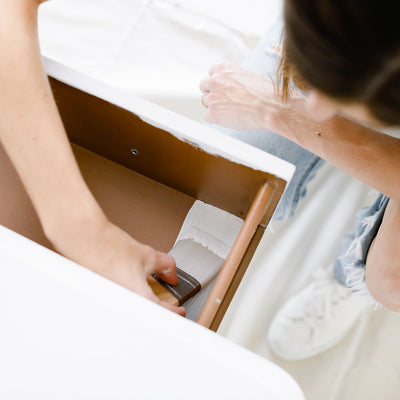
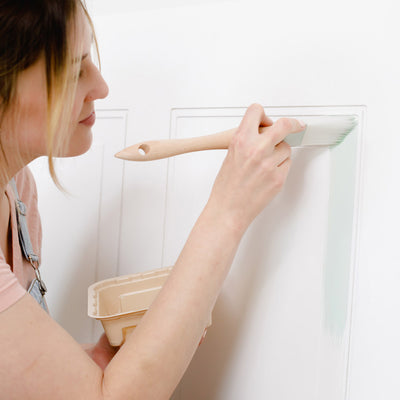
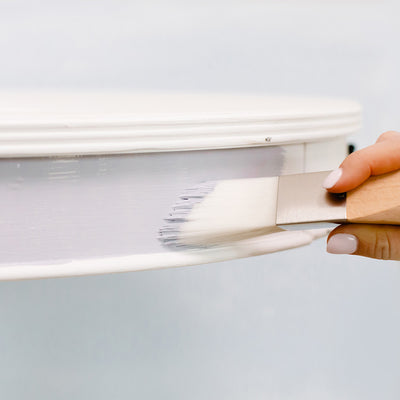
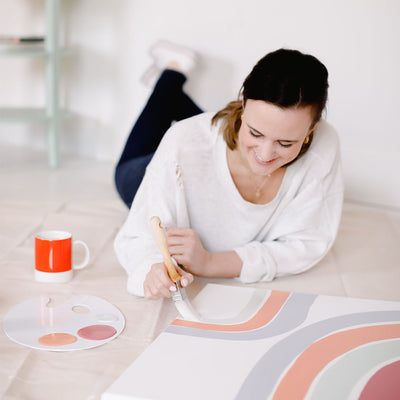
Earn 53 points on this purchase! Learn more
Great for any project in your home: trim, furniture and detail work
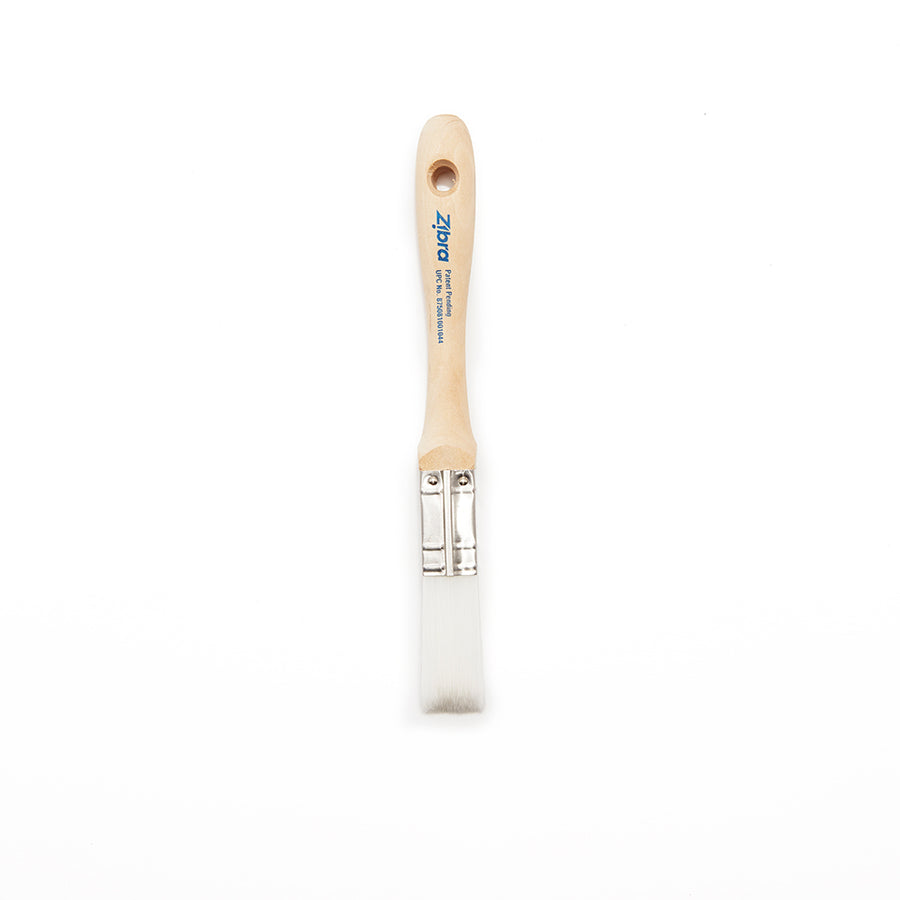
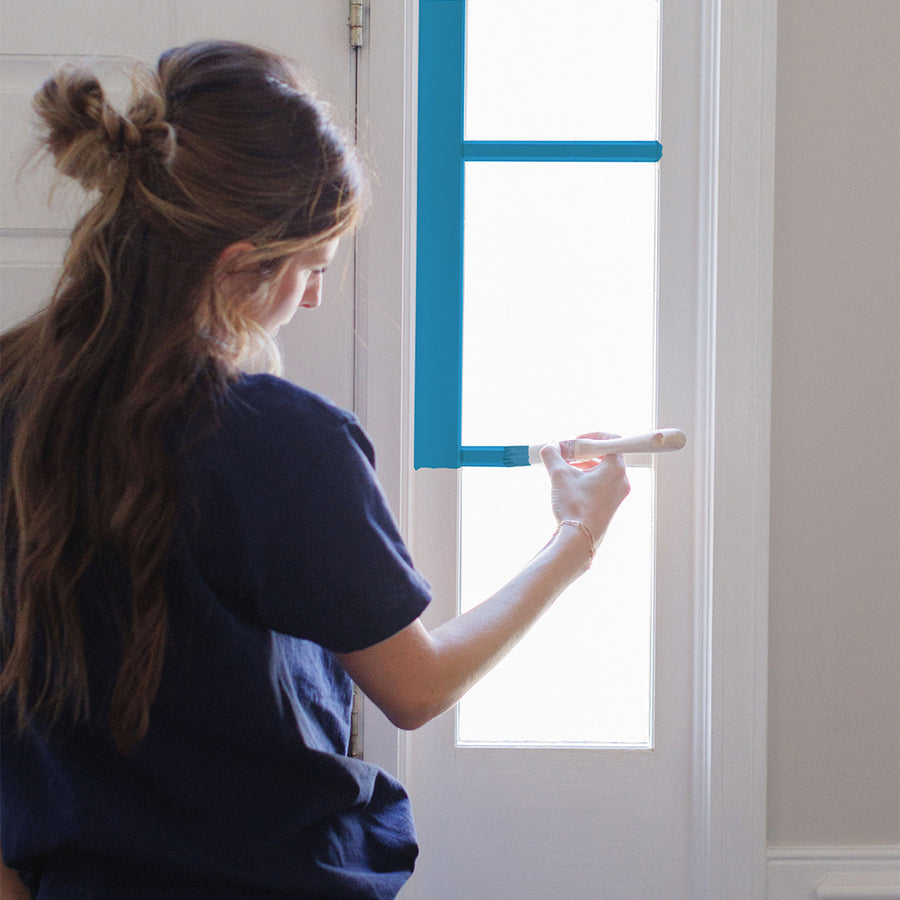
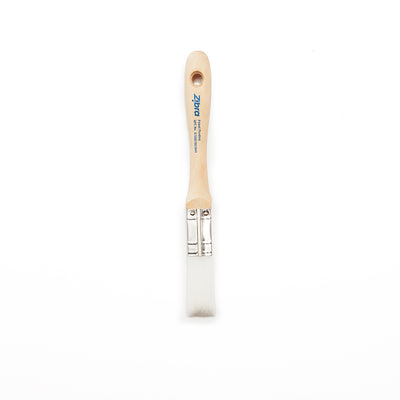
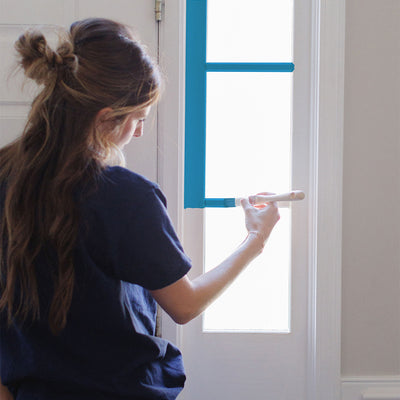
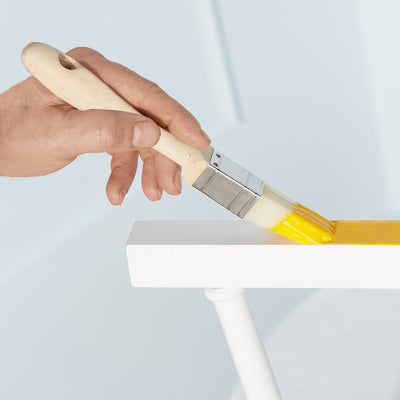
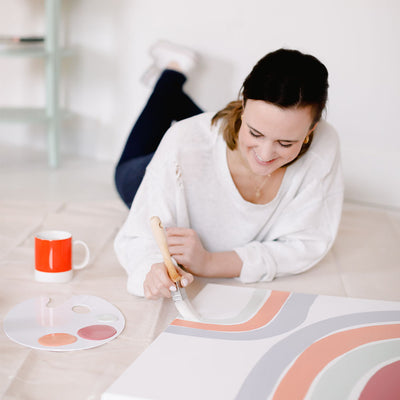
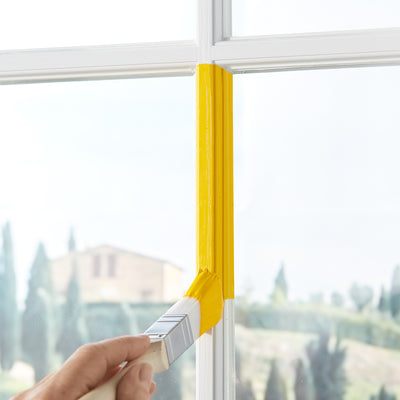
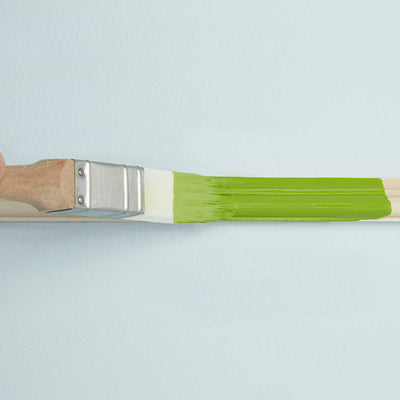
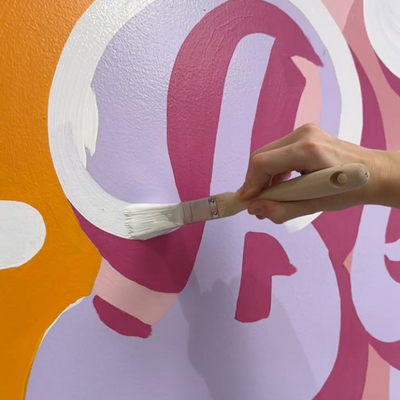
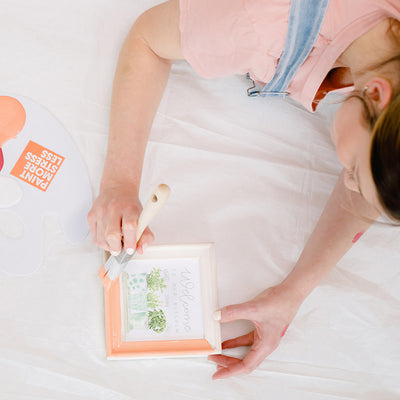
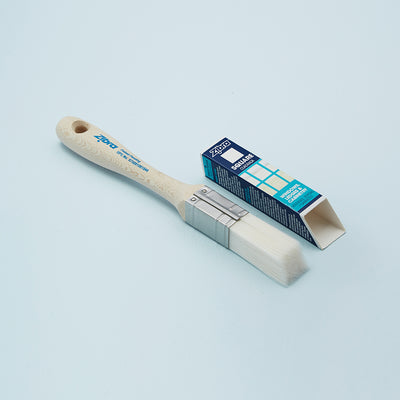
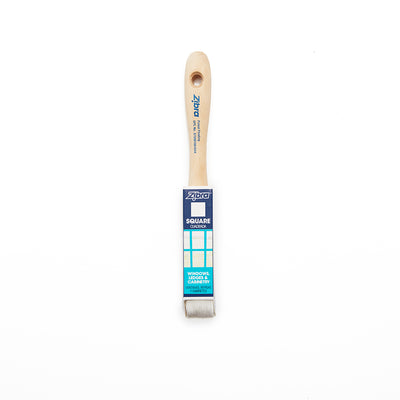
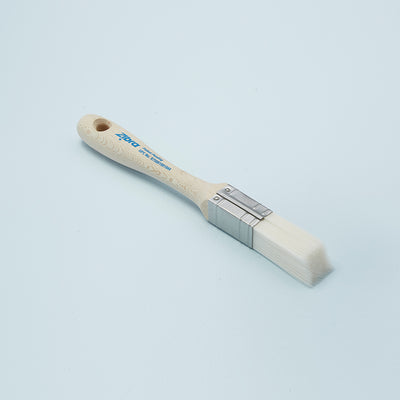
Earn 10 points on this purchase! Learn more
Narrow width with large filament pack out providing smooth finish and fewer dips
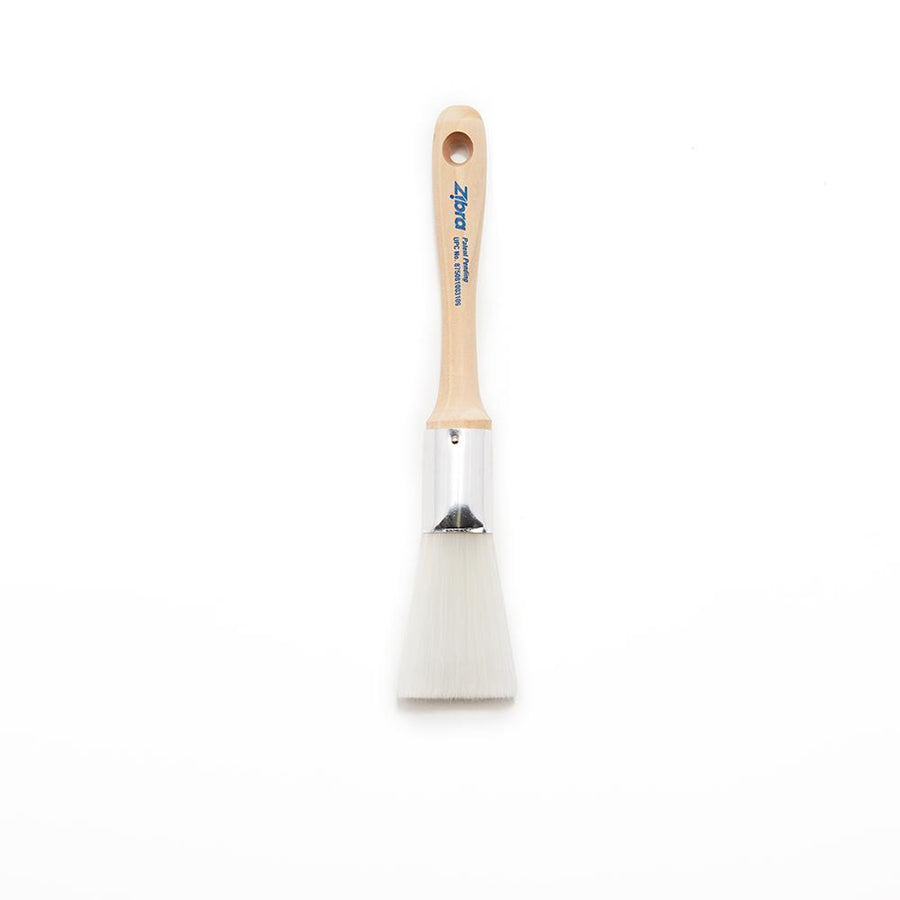
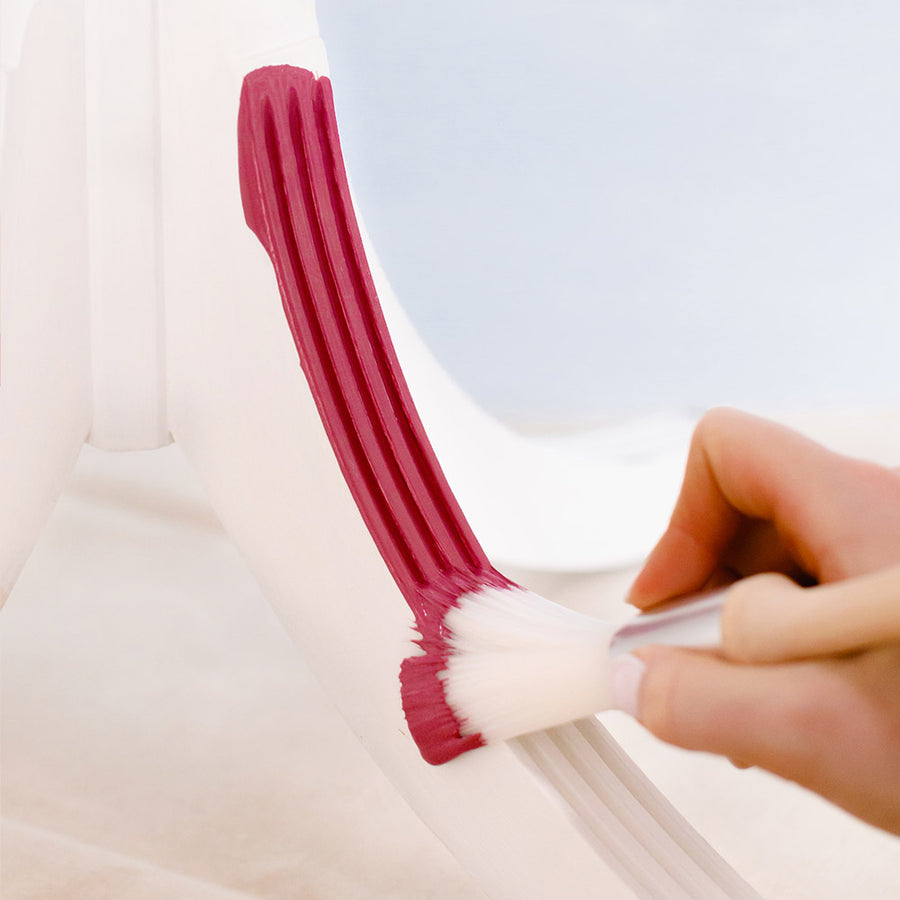
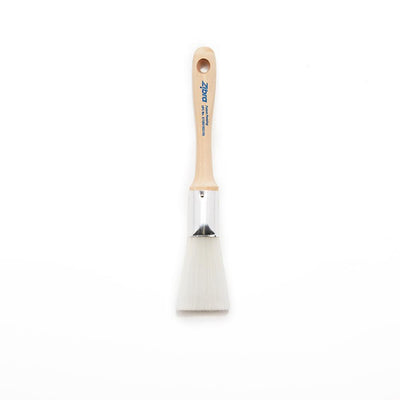
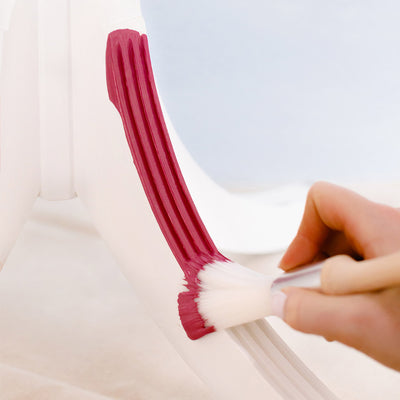
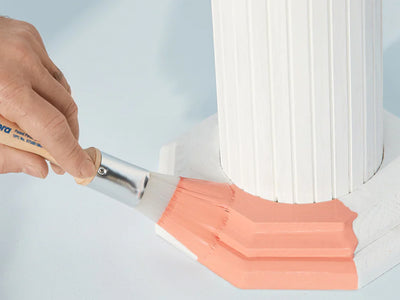
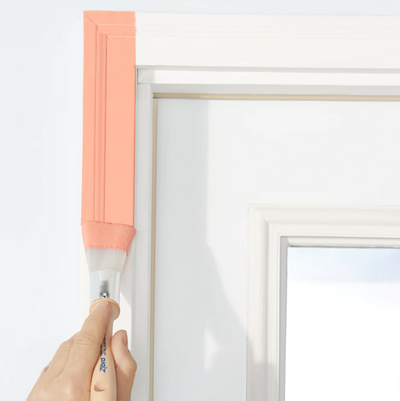
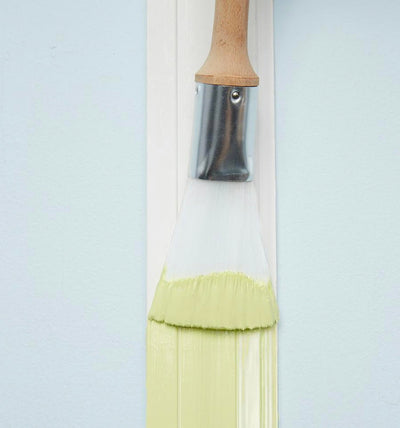
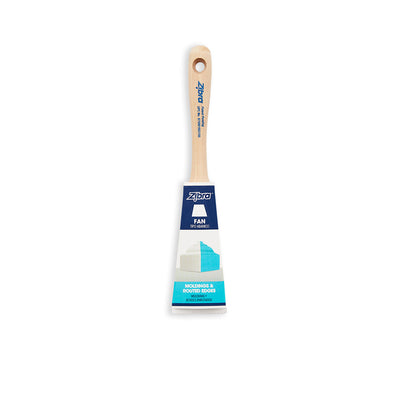
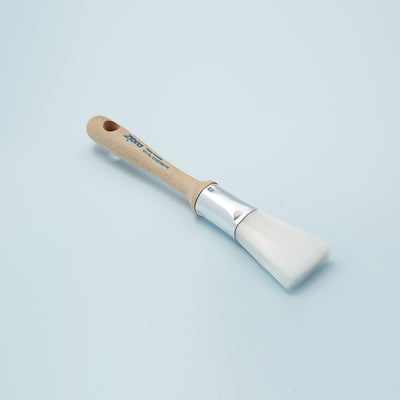
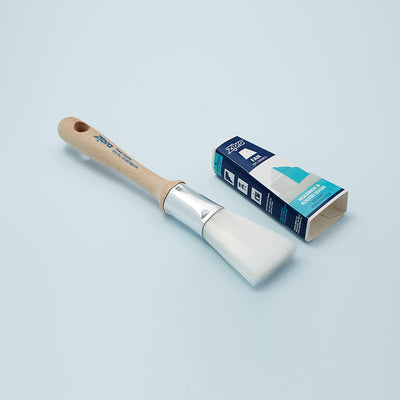
Earn 10 points on this purchase! Learn more
Designed to hug unique shapes & crevices in a multitude of different molding styles
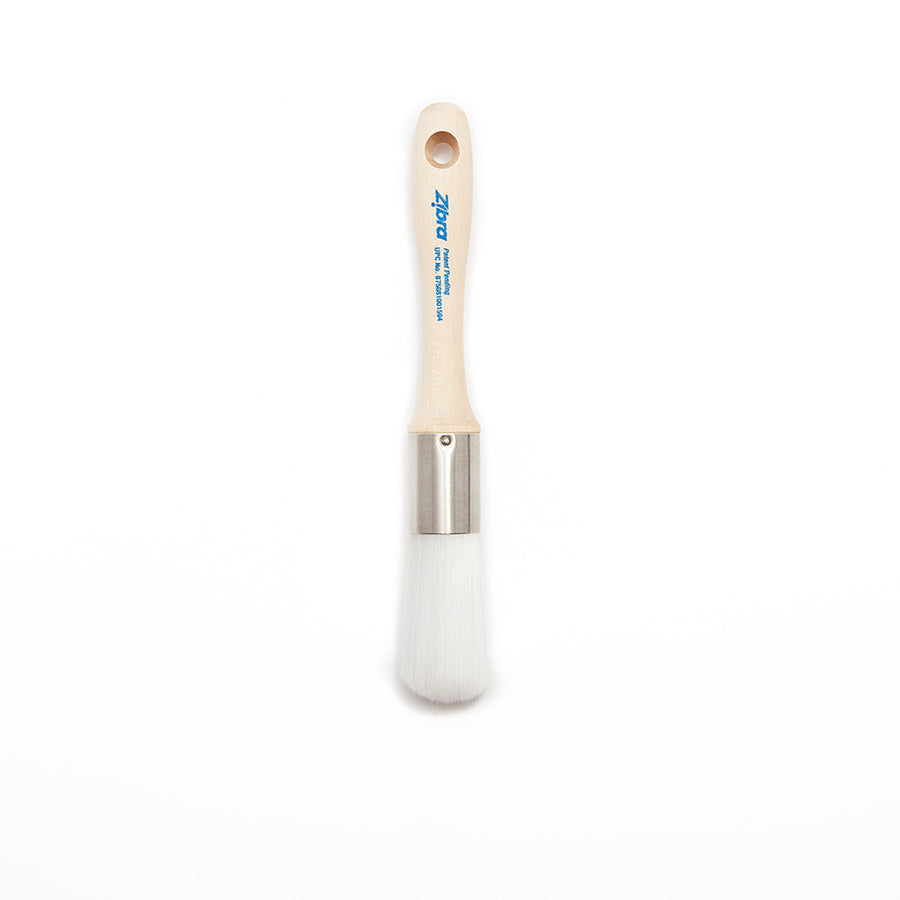
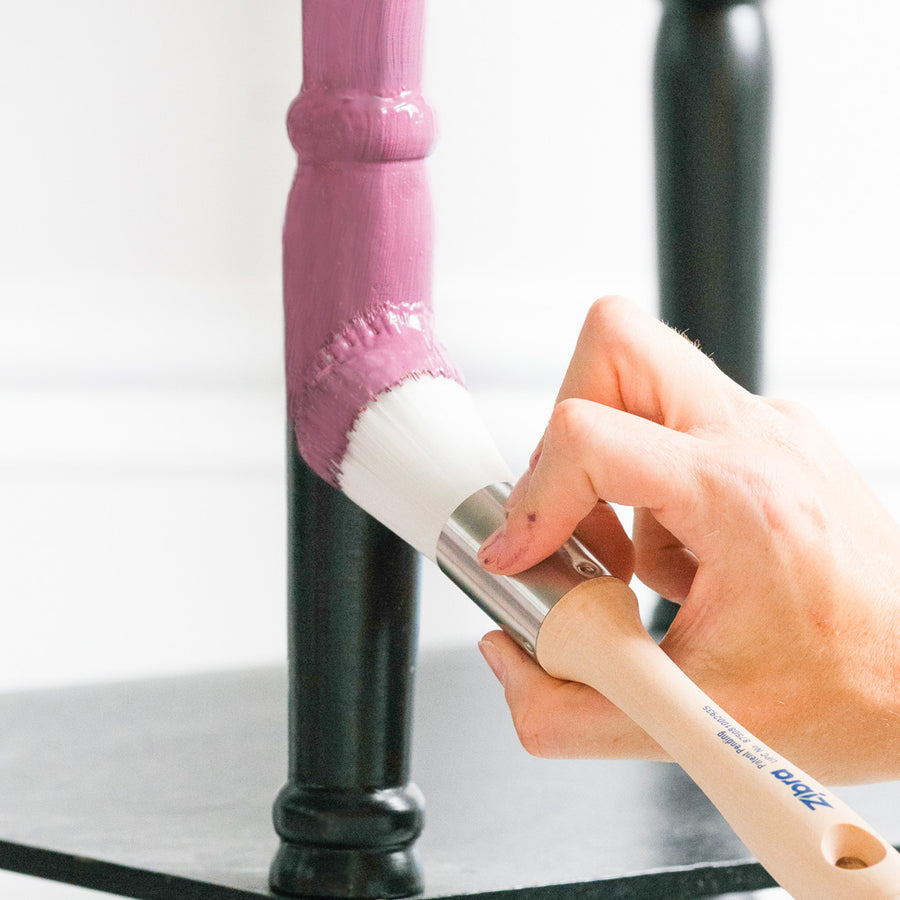
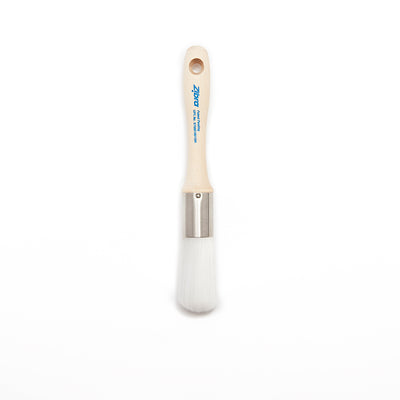
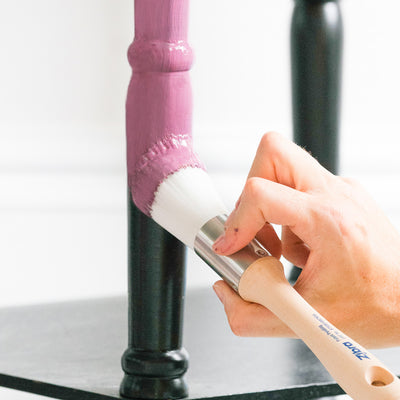
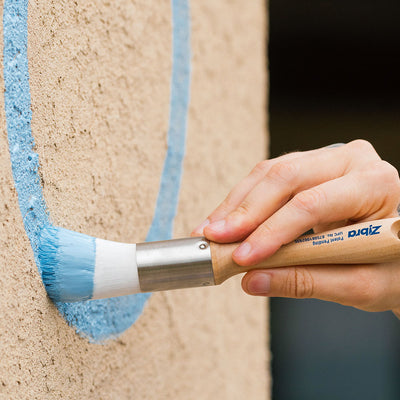
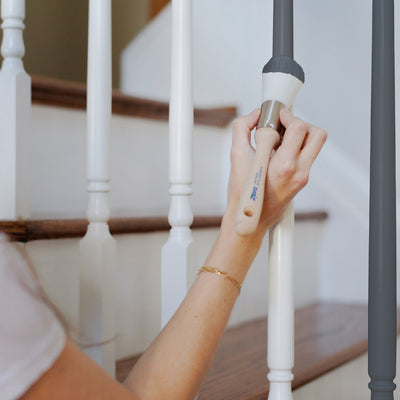
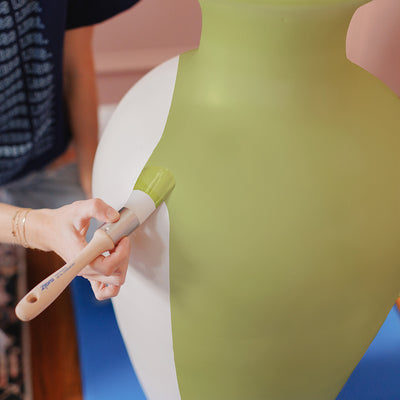
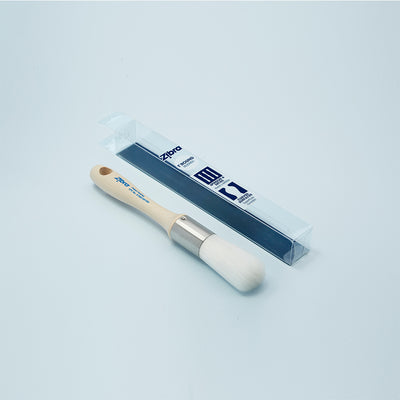
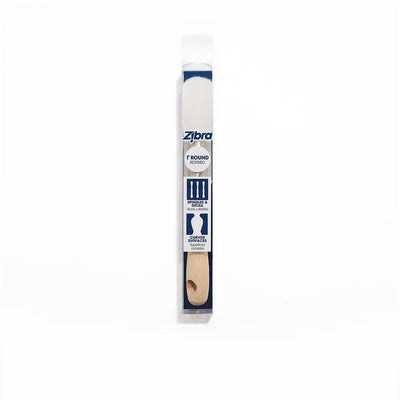
Earn 11 points on this purchase! Learn more
Large pack out for anything round or cylindrical and any ornate details










Earn 10 points on this purchase! Learn more
Designed to hug unique shapes & crevices in a multitude of different molding styles









Earn 11 points on this purchase! Learn more
Large pack out for anything round or cylindrical and any ornate details










Earn 10 points on this purchase! Learn more
Designed to hug unique shapes & crevices in a multitude of different molding styles












Earn 11 points on this purchase! Learn more
Fits comfortably in the palm of your hand, more comfort and more control especially for tight spaces










Earn 11 points on this purchase! Learn more
Ideal for painting NEXT to trim where exact lines and precision control is needed












Earn 13 points on this purchase! Learn more
Combination flat and angled head guarantees maximum paint load for long runs
















Earn 11 points on this purchase! Learn more
Painting ON trim around doors, windows, baseboards & ceilings
















Earn 11 points on this purchase! Learn more
Painting ON trim around doors, windows, baseboards & ceilings












Earn 11 points on this purchase! Learn more
Fits comfortably in the palm of your hand, more comfort and more control especially for tight spaces












Earn 13 points on this purchase! Learn more
Combination flat and angled head guarantees maximum paint load for long runs












Earn 11 points on this purchase! Learn more
Fits comfortably in the palm of your hand, more comfort and more control especially for tight spaces









Earn 11 points on this purchase! Learn more
Large pack out for anything round or cylindrical and any ornate details
















Earn 11 points on this purchase! Learn more
Painting ON trim around doors, windows, baseboards & ceilings










Earn 11 points on this purchase! Learn more
Paints corners with precision & accuracy, great for cutting in next to trim










Earn 10 points on this purchase! Learn more
Designed to hug unique shapes & crevices in a multitude of different molding styles












Earn 13 points on this purchase! Learn more
Combination flat and angled head guarantees maximum paint load for long runs
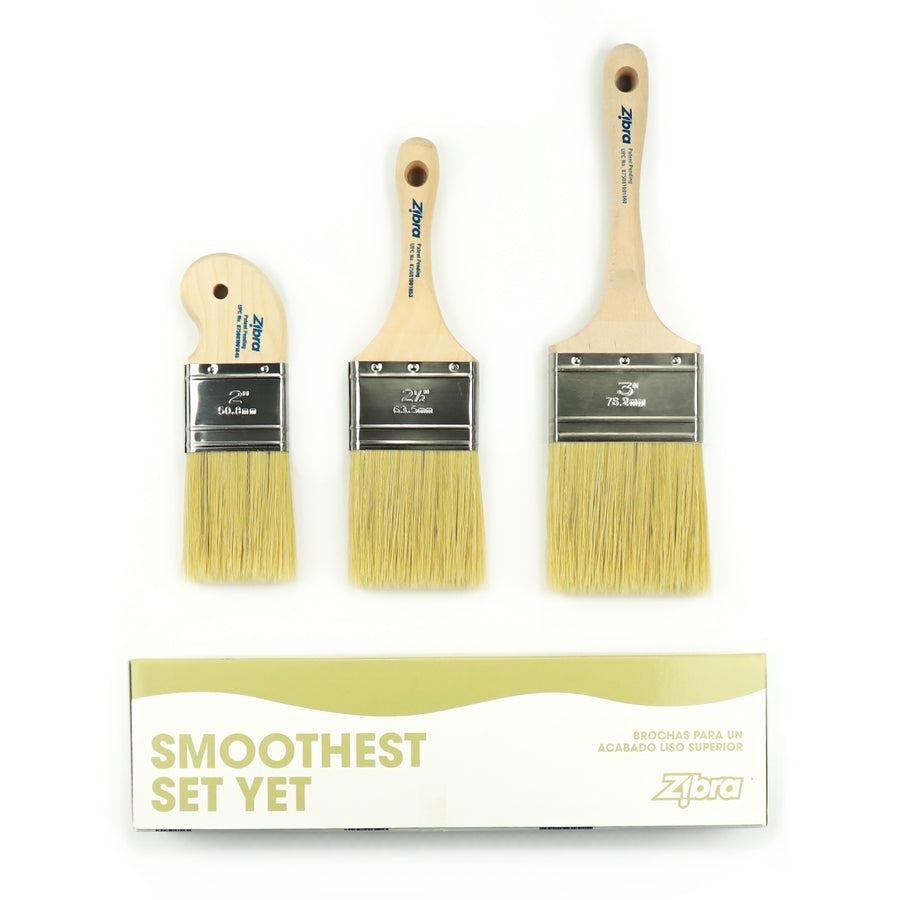
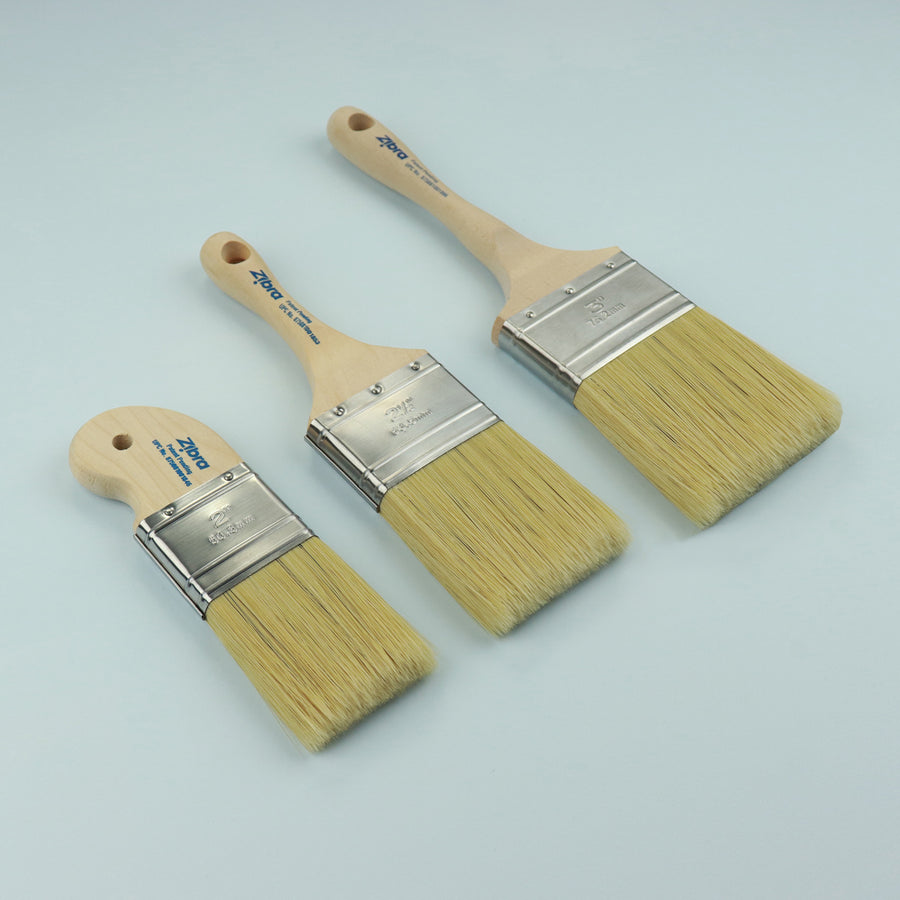
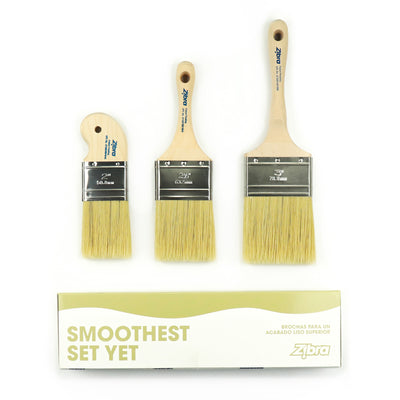
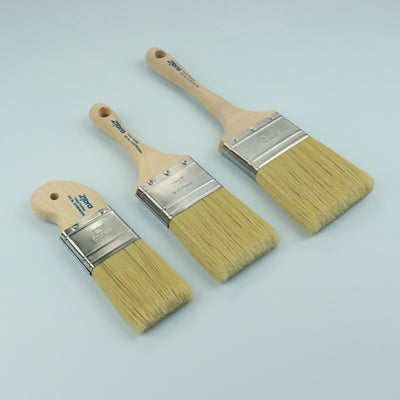
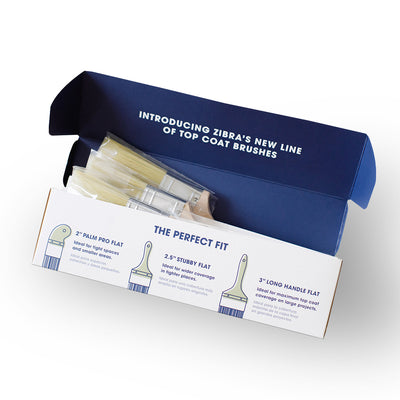
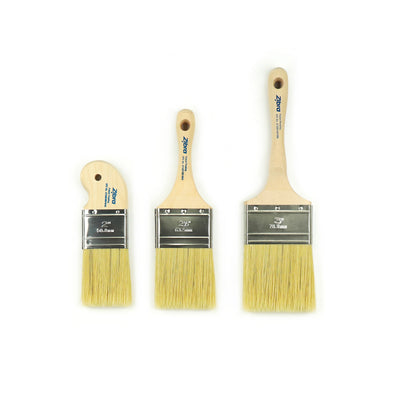
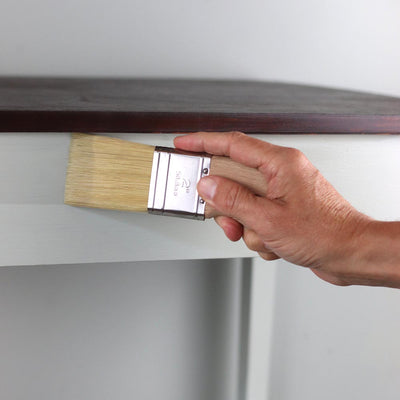
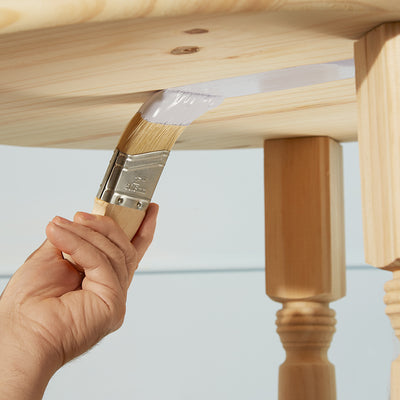
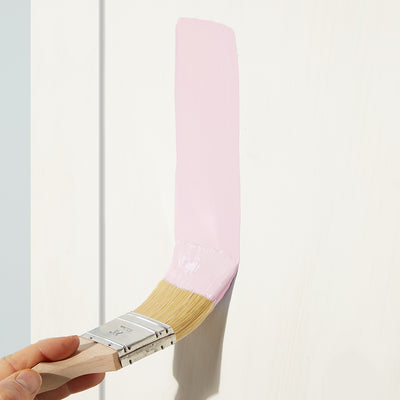
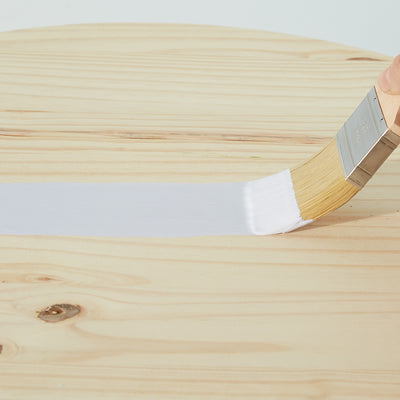
Earn 43 points on this purchase! Learn more
Each brush is engineered and crafted with filaments replicating natural bristles
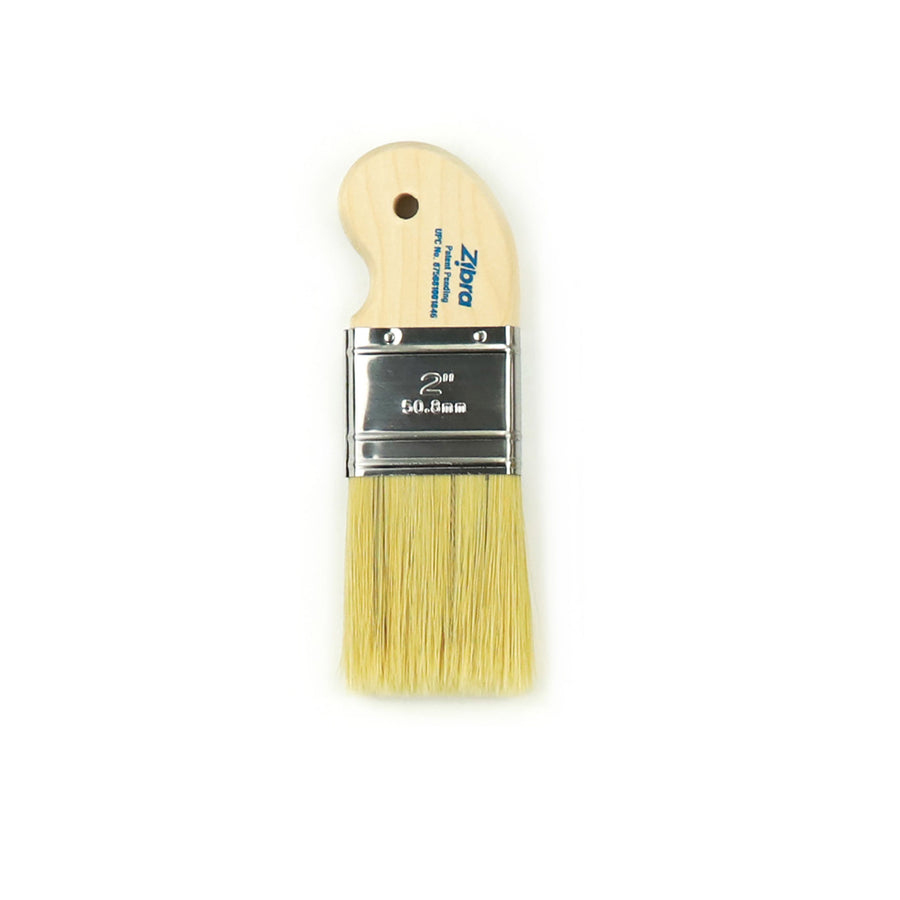
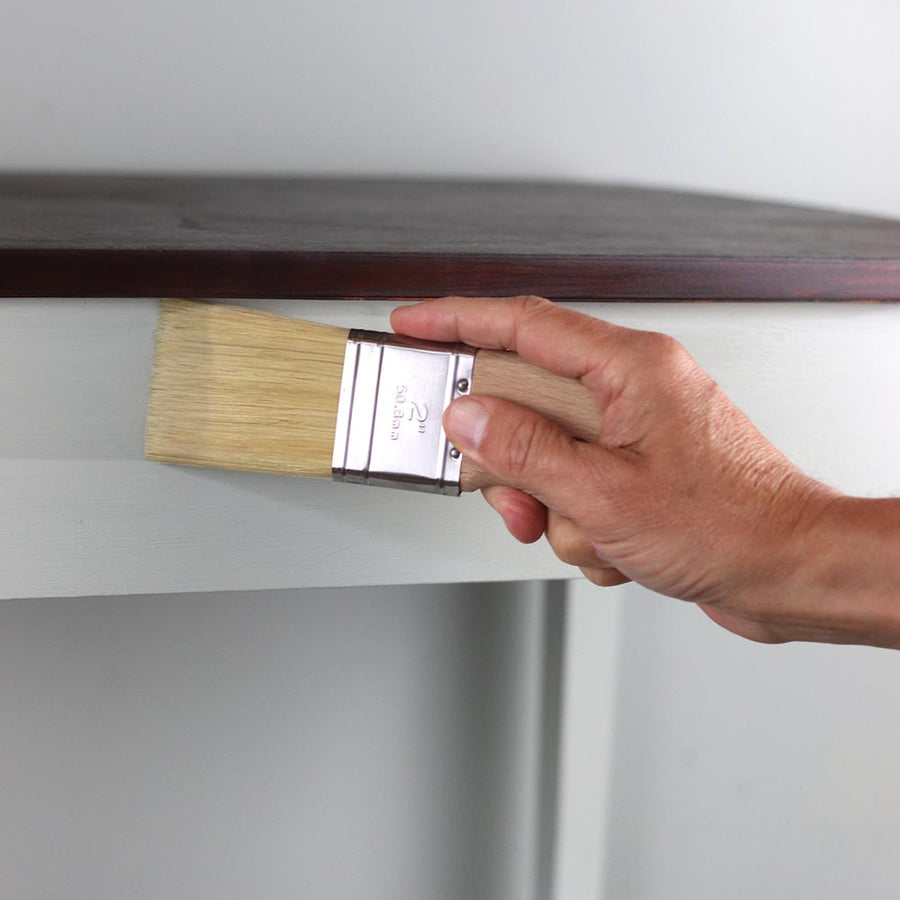
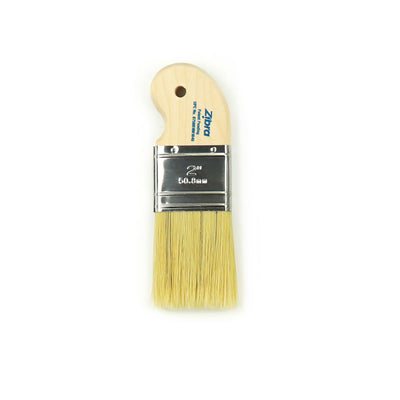
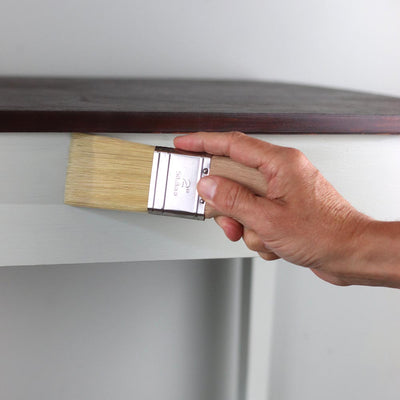
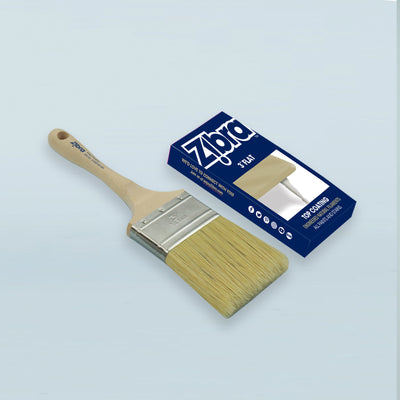
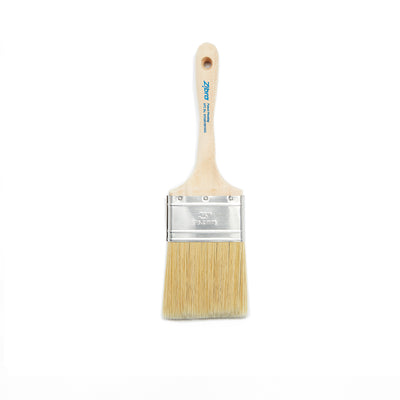
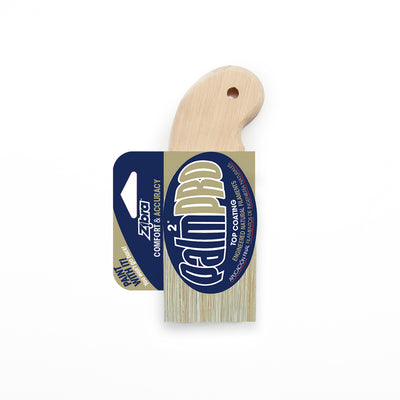
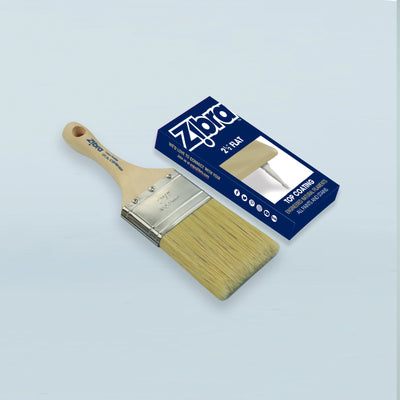
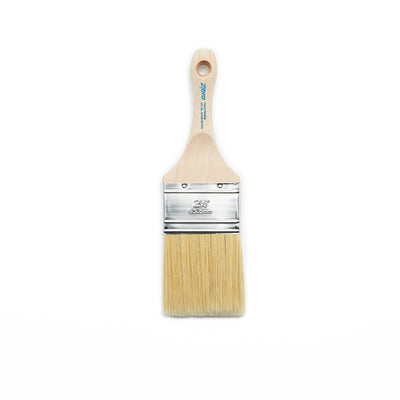
Earn 13 points on this purchase! Learn more
Our Top Coat brushes are engineered and crafted with filaments replicating natural bristles









Earn 11 points on this purchase! Learn more
Large pack out for anything round or cylindrical and any ornate details










Earn 10 points on this purchase! Learn more
Designed to hug unique shapes & crevices in a multitude of different molding styles









Earn 11 points on this purchase! Learn more
Large pack out for anything round or cylindrical and any ornate details
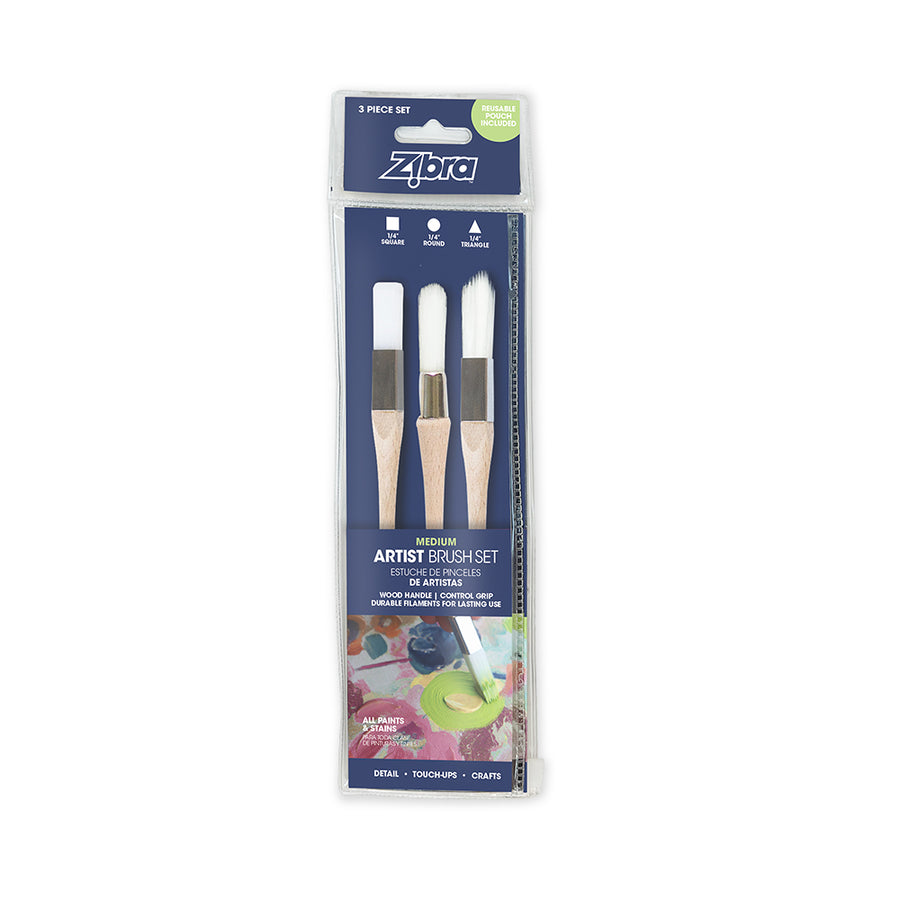
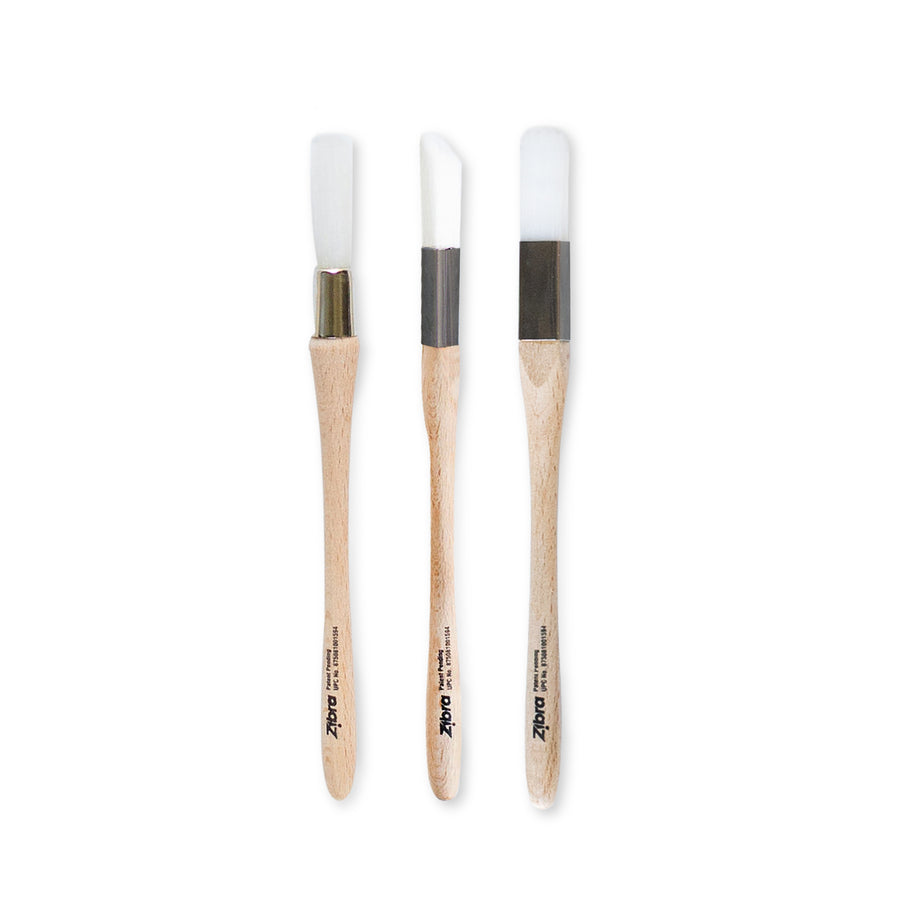
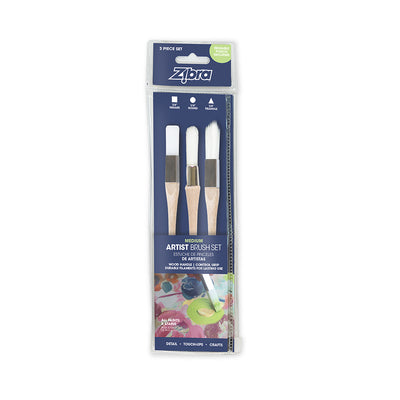
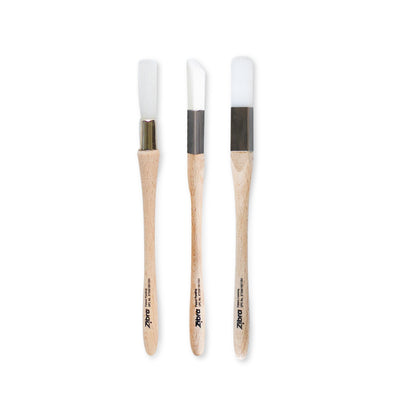
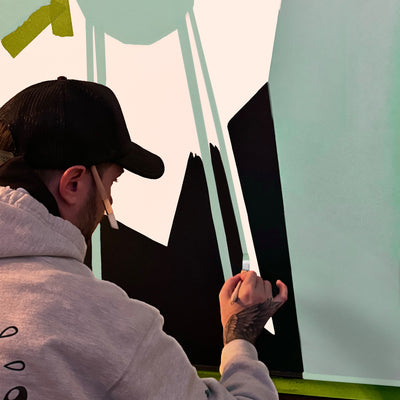
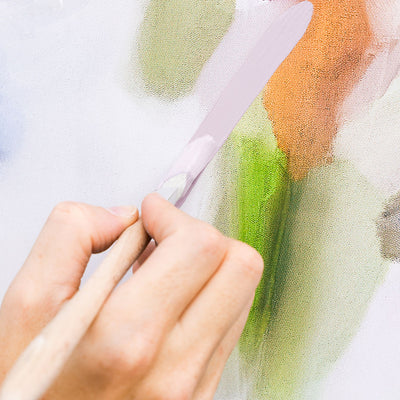
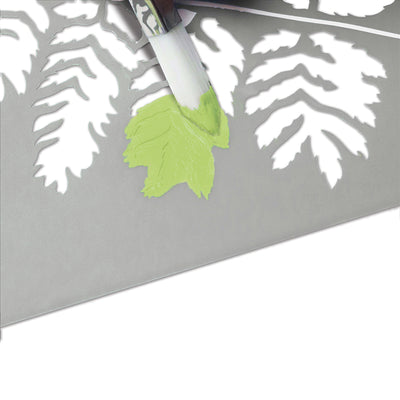
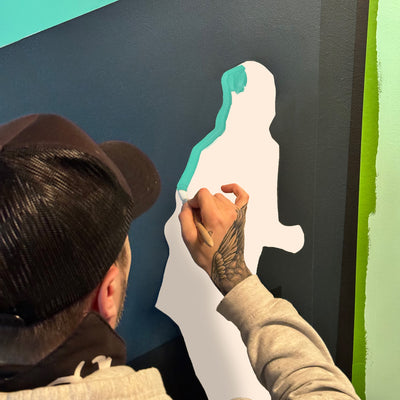
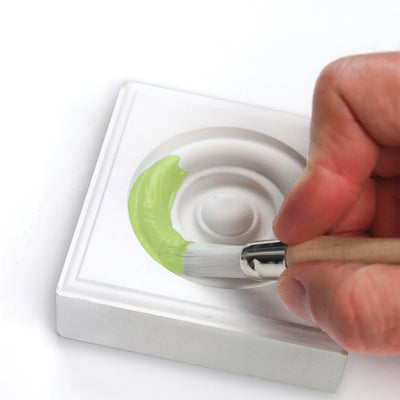
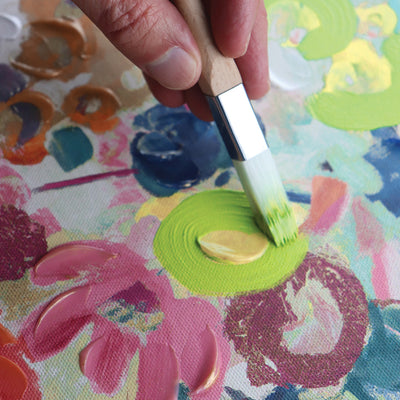
Earn 13 points on this purchase! Learn more
3 piece artist paintbrush set ideal for murals, canvas painting and crafts










Earn 10 points on this purchase! Learn more
Designed to hug unique shapes & crevices in a multitude of different molding styles










Earn 13 points on this purchase! Learn more
3 piece artist paintbrush set ideal for murals, canvas painting and crafts












Earn 13 points on this purchase! Learn more
Combination flat and angled head guarantees maximum paint load for long runs










Earn 13 points on this purchase! Learn more
3 piece artist paintbrush set ideal for murals, canvas painting and crafts
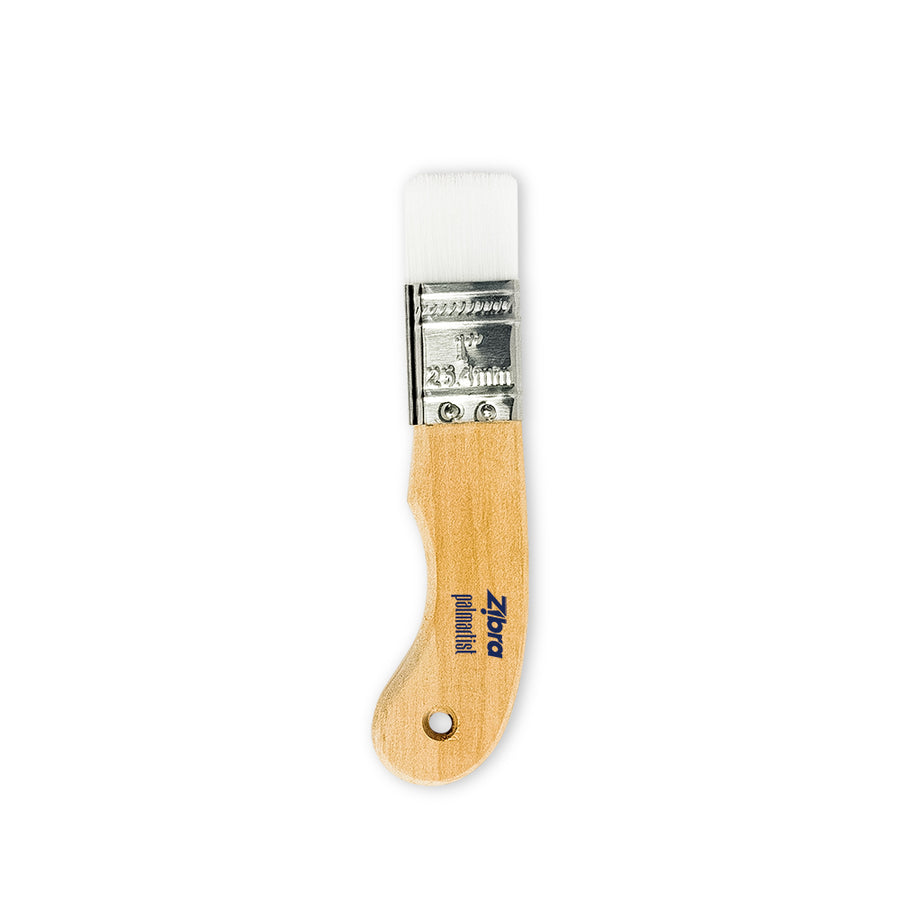
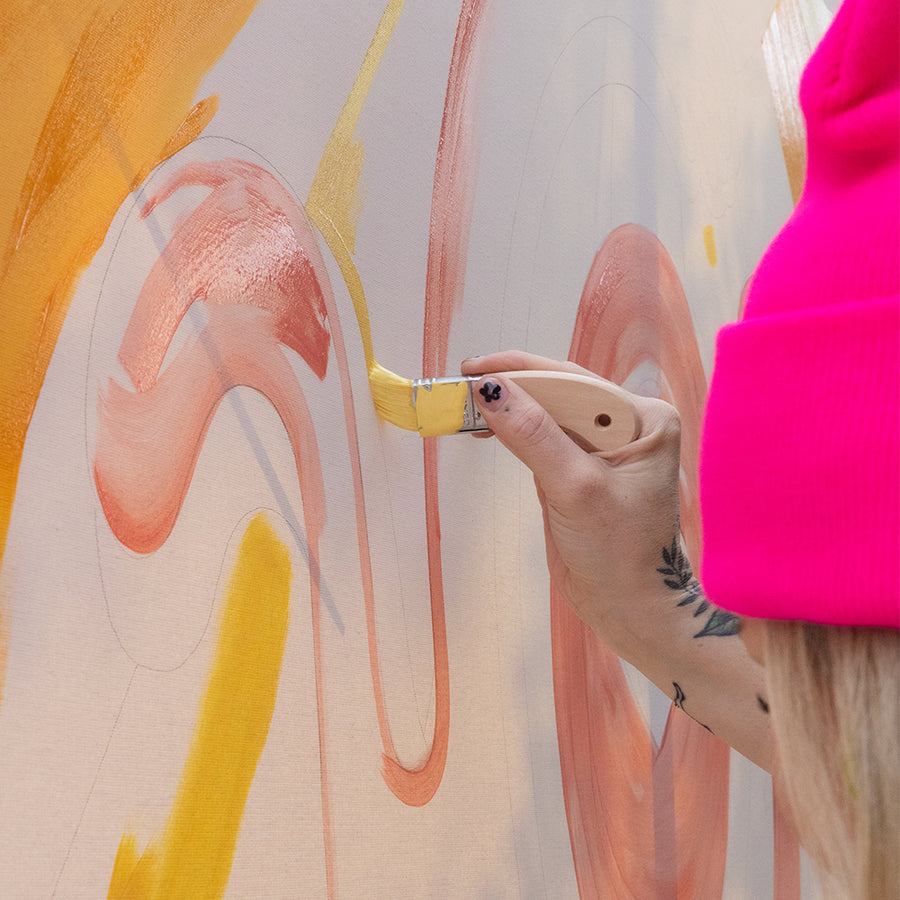
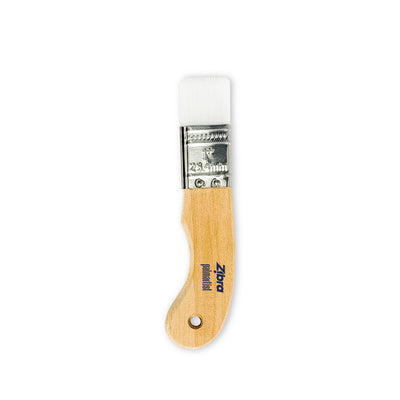
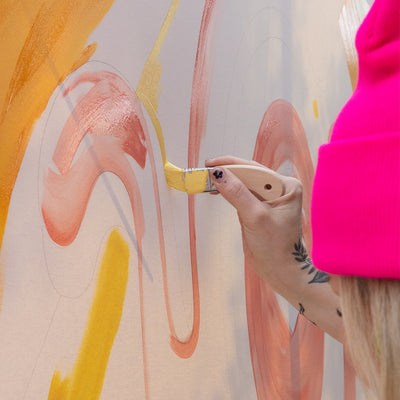
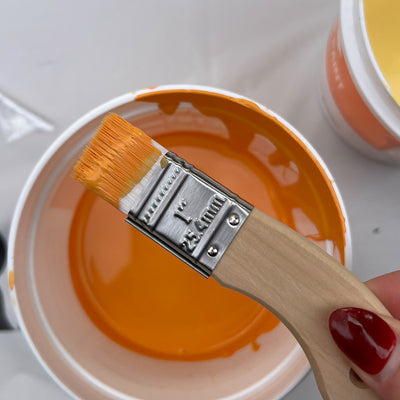
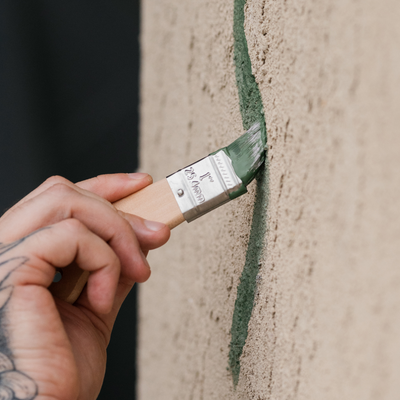
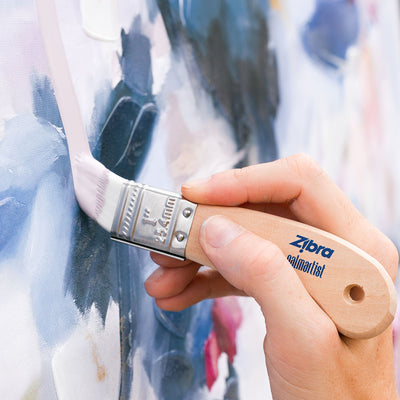
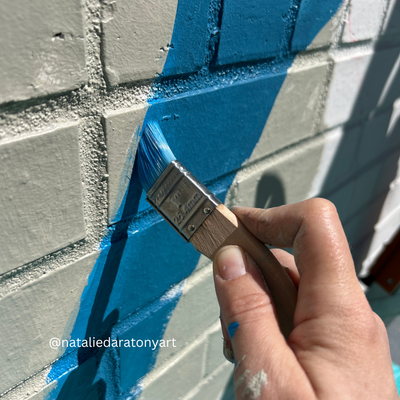
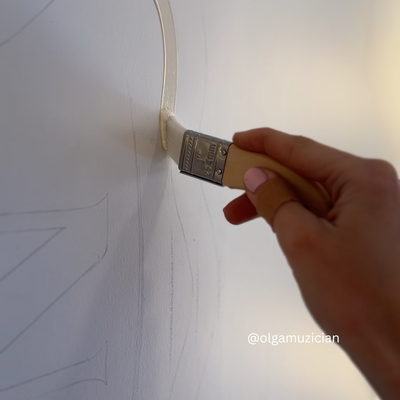
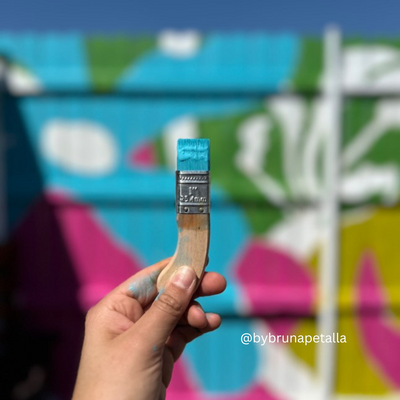
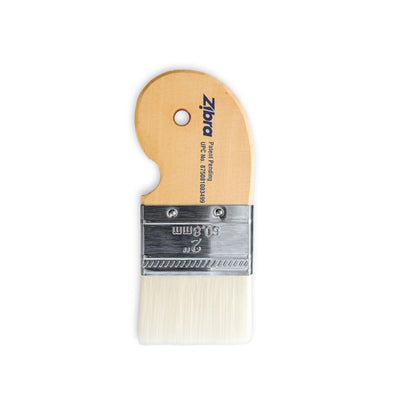



Earn 10 points on this purchase! Learn more
Introducing the latest addition to our Palm Pro family – the Palm Artist Paint brush










Earn 13 points on this purchase! Learn more
3 piece artist paintbrush set ideal for murals, canvas painting and crafts
Get exclusive offers and tips
